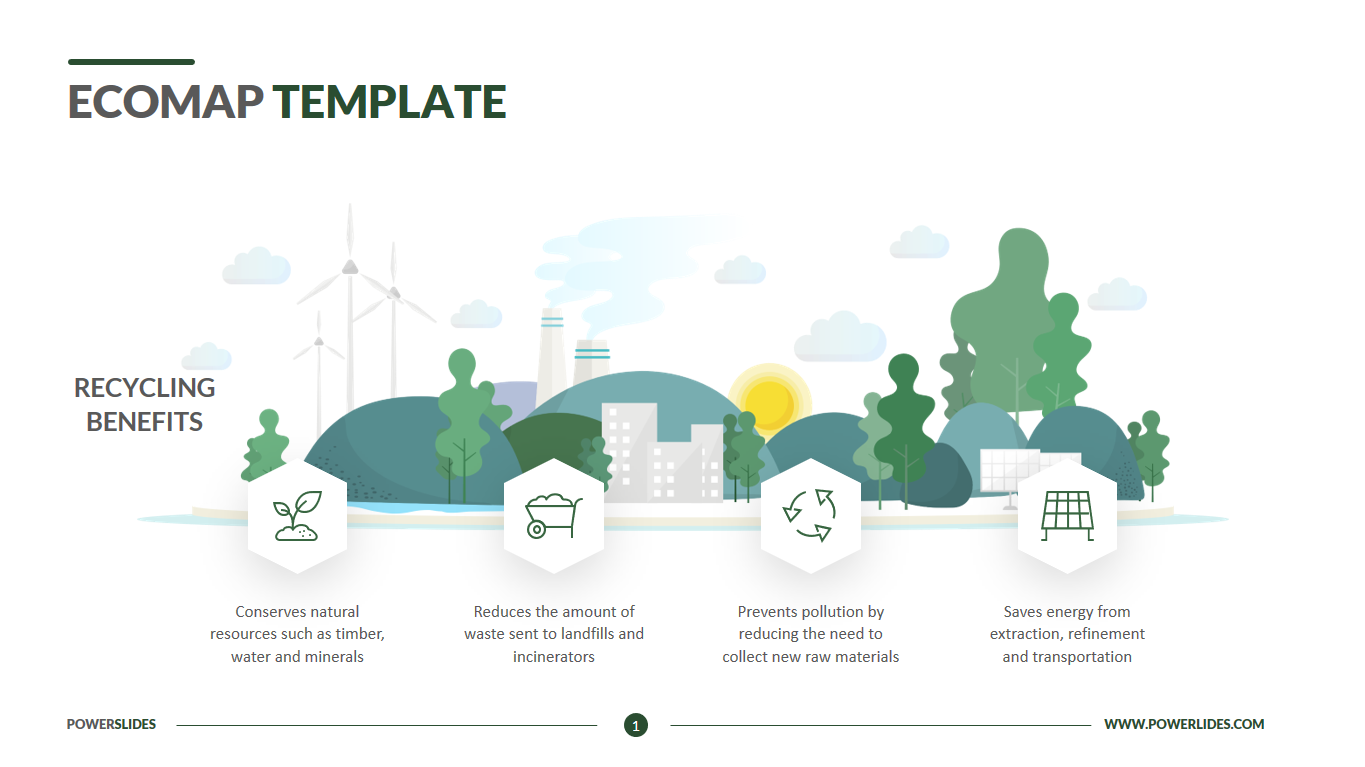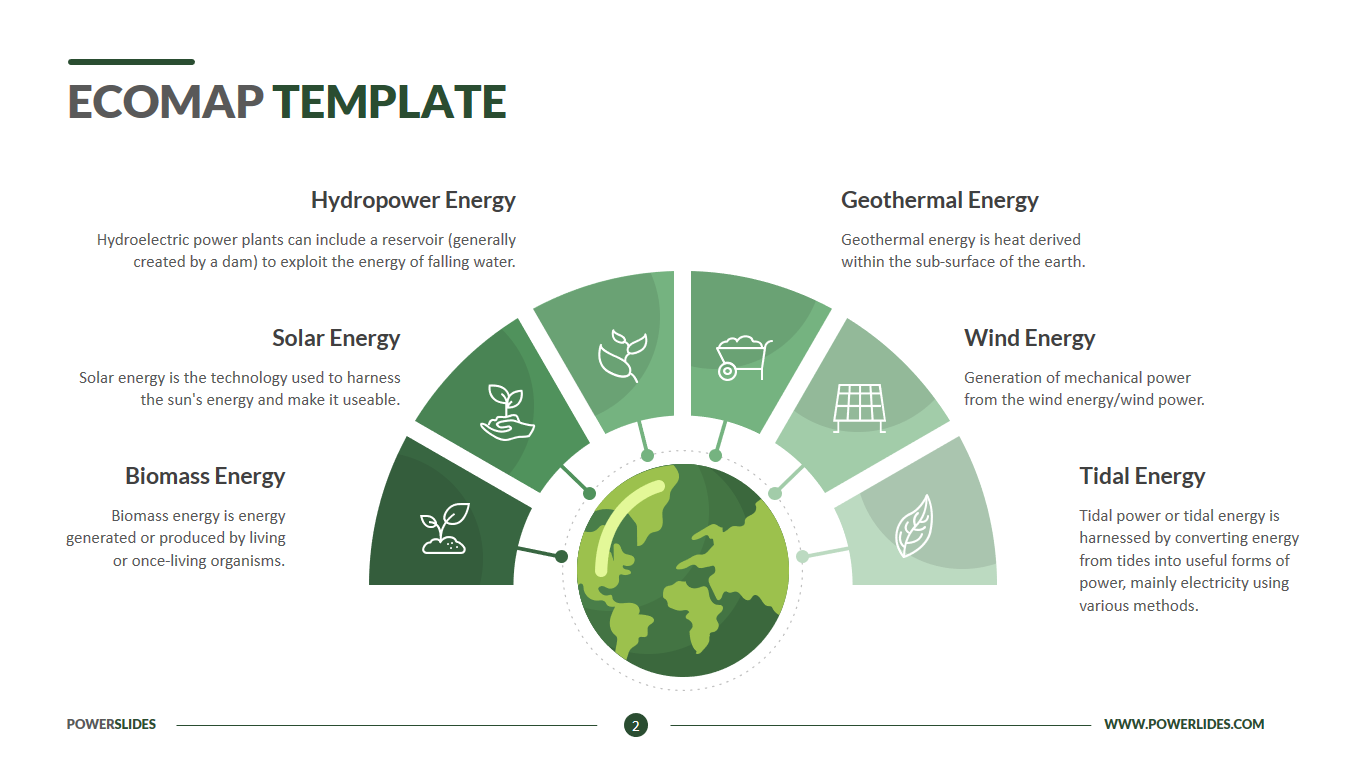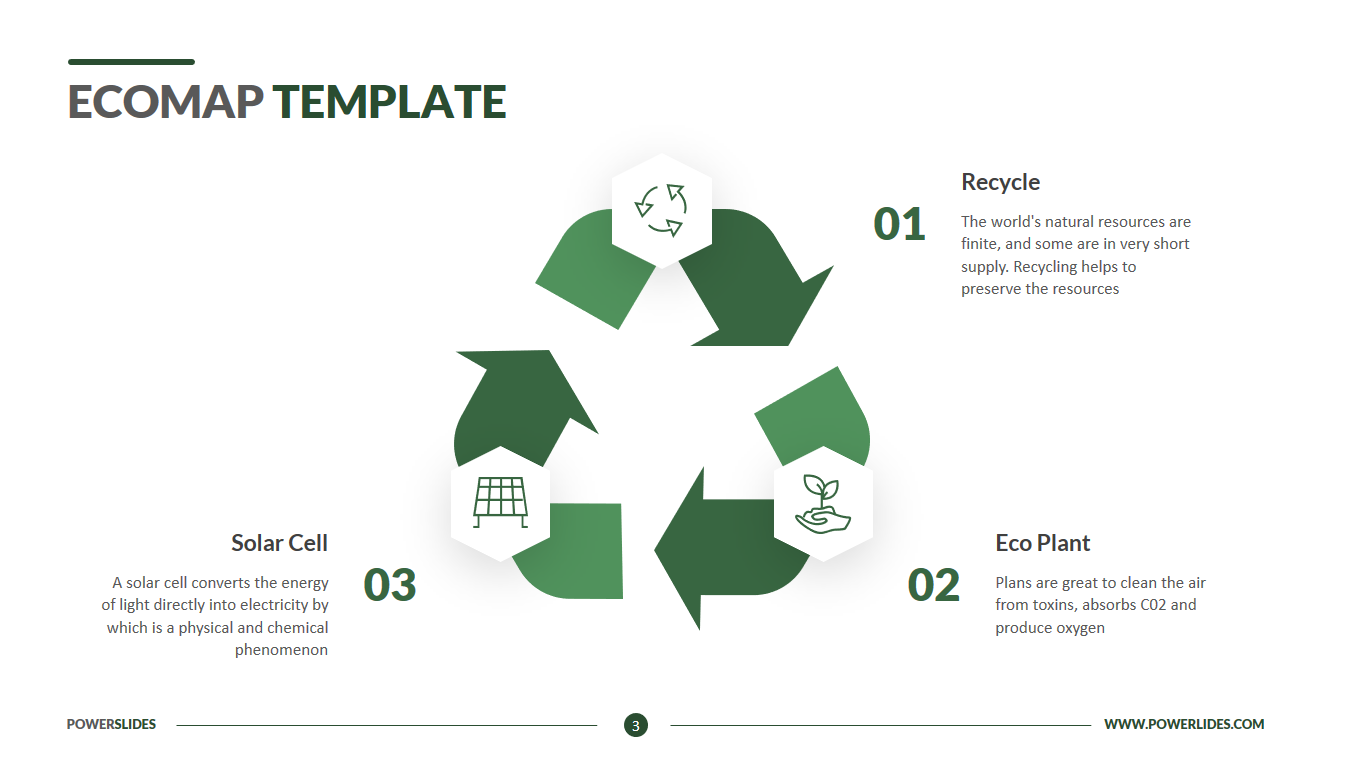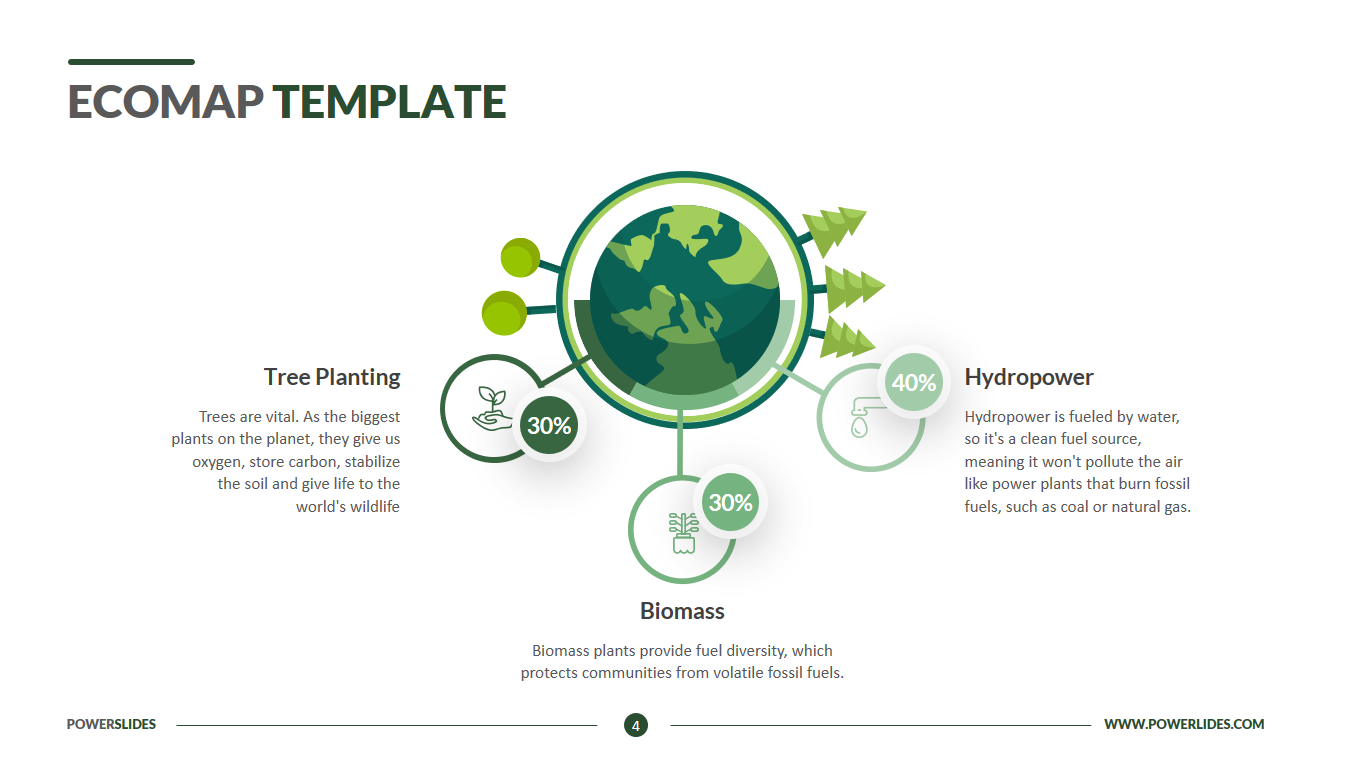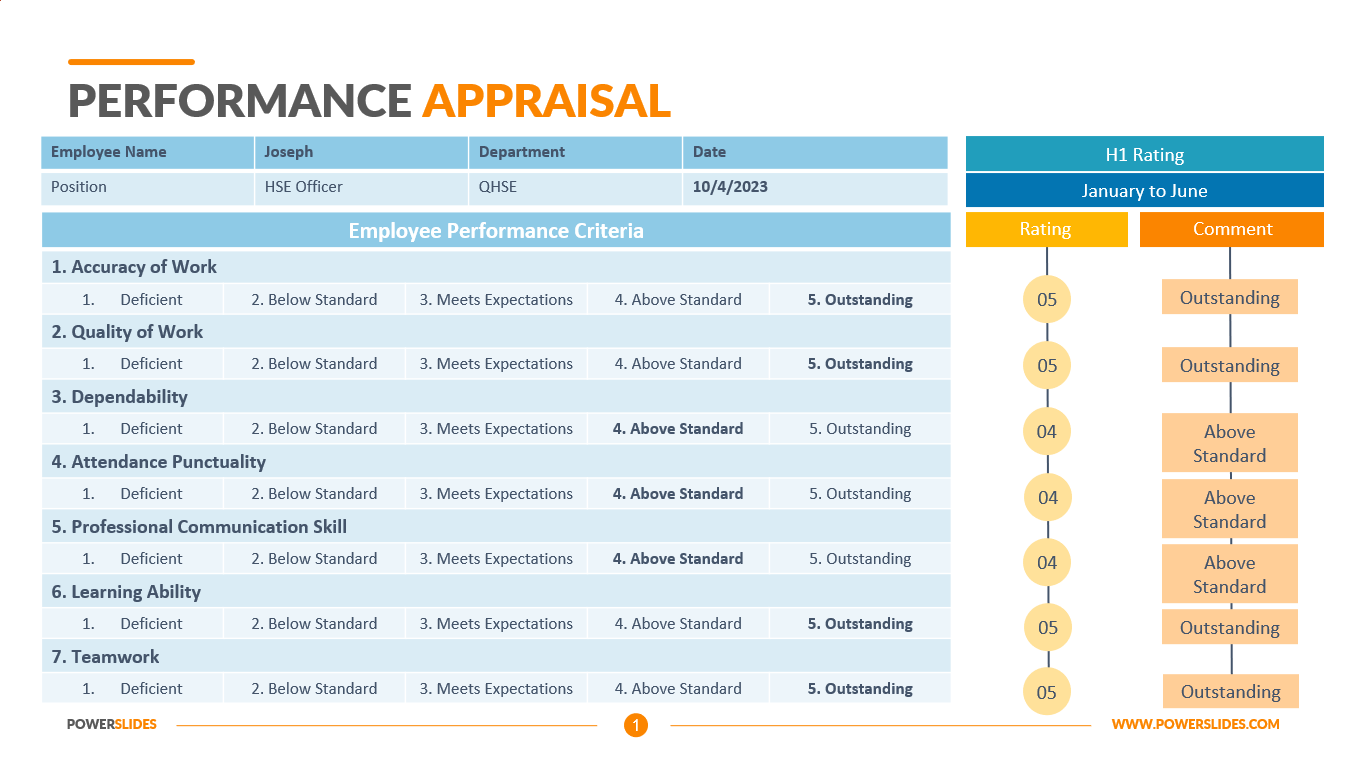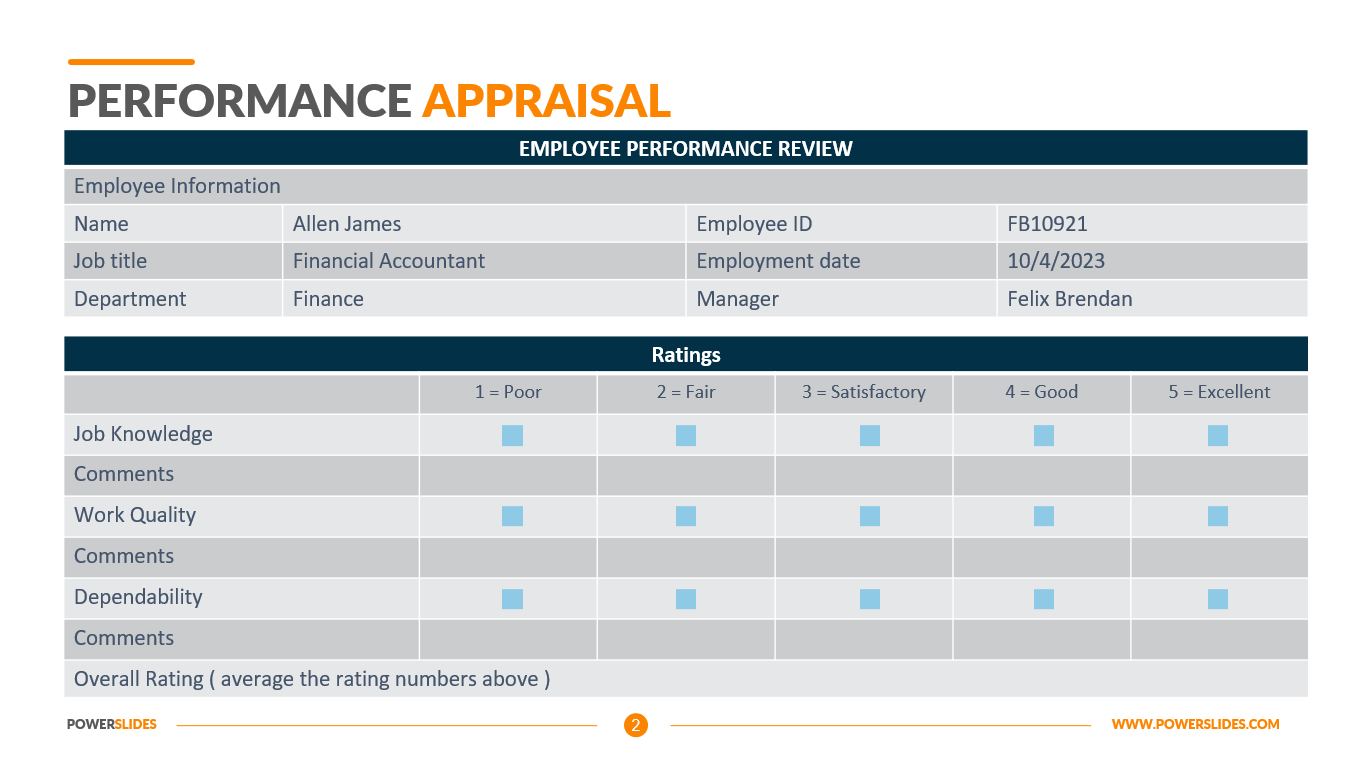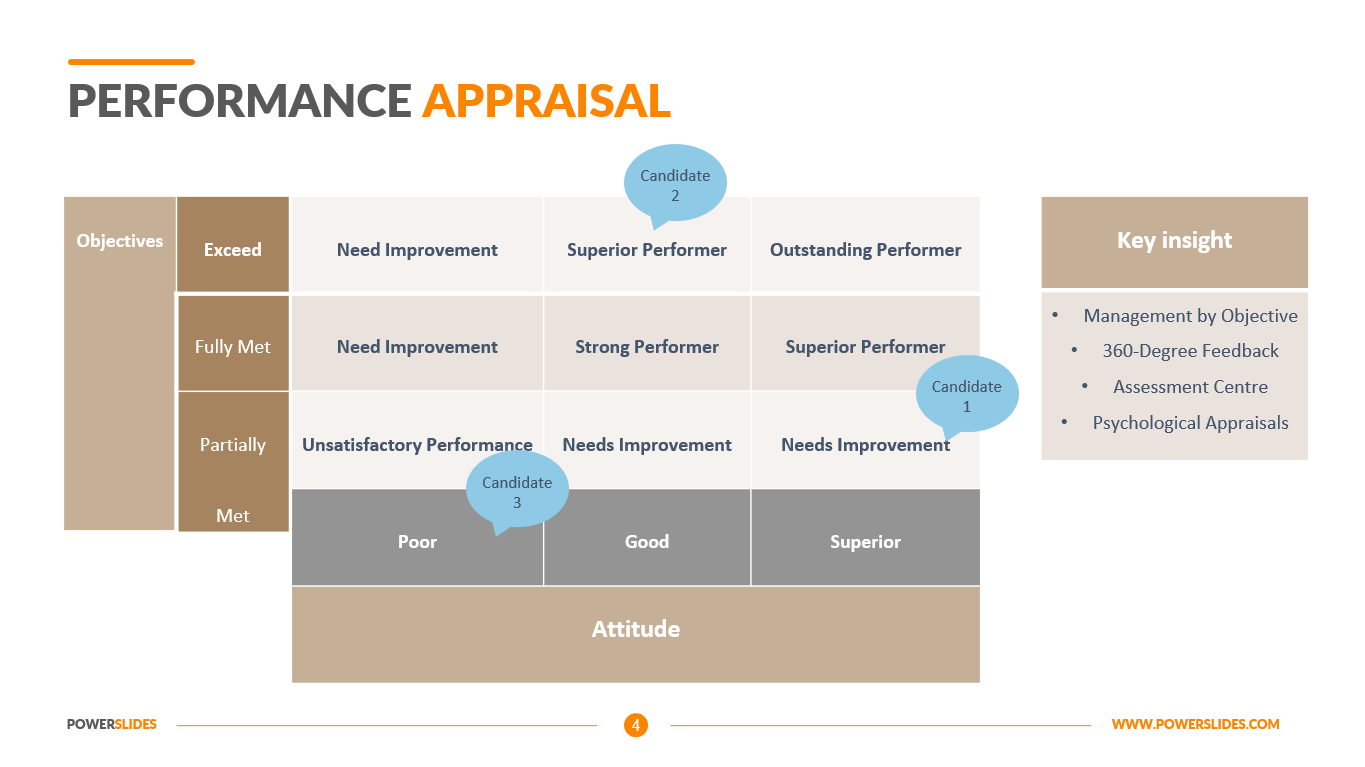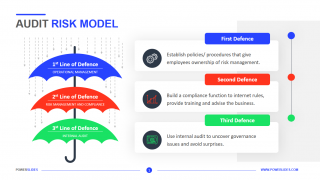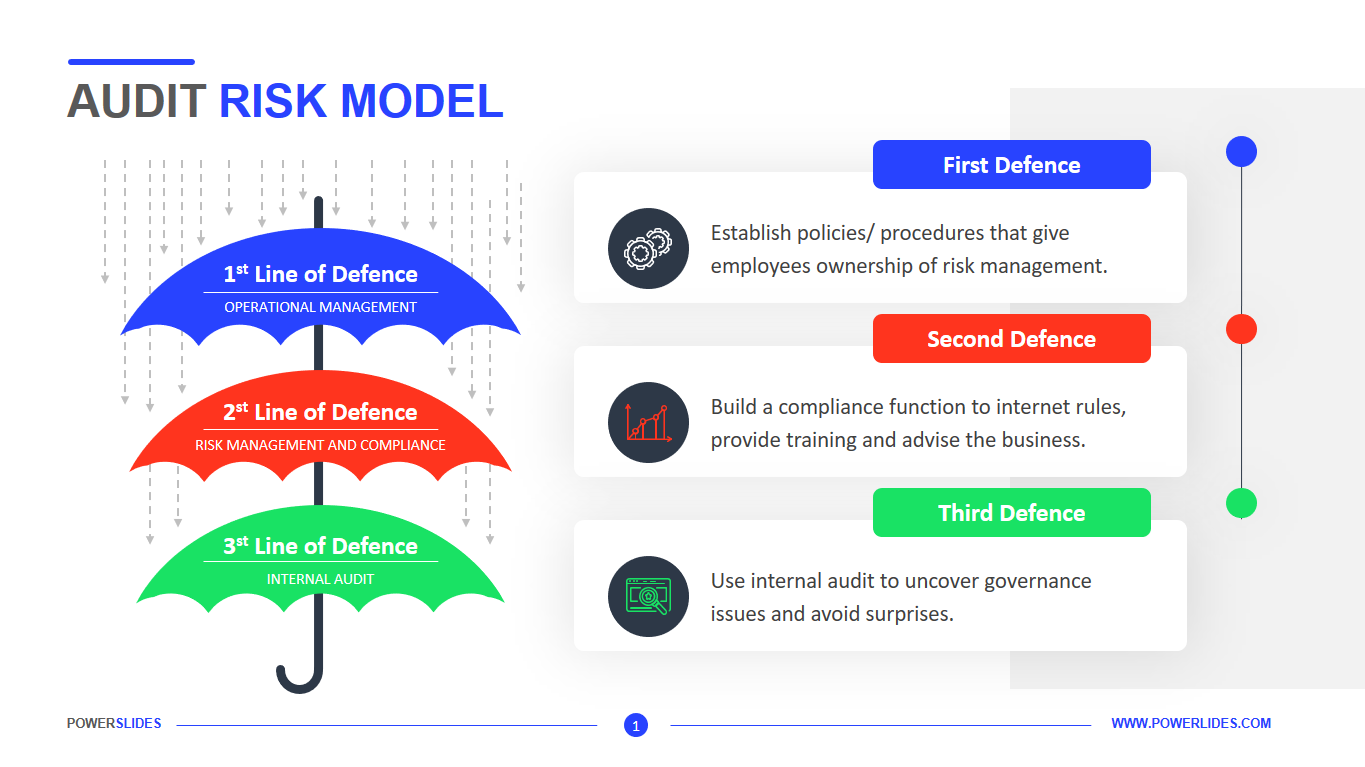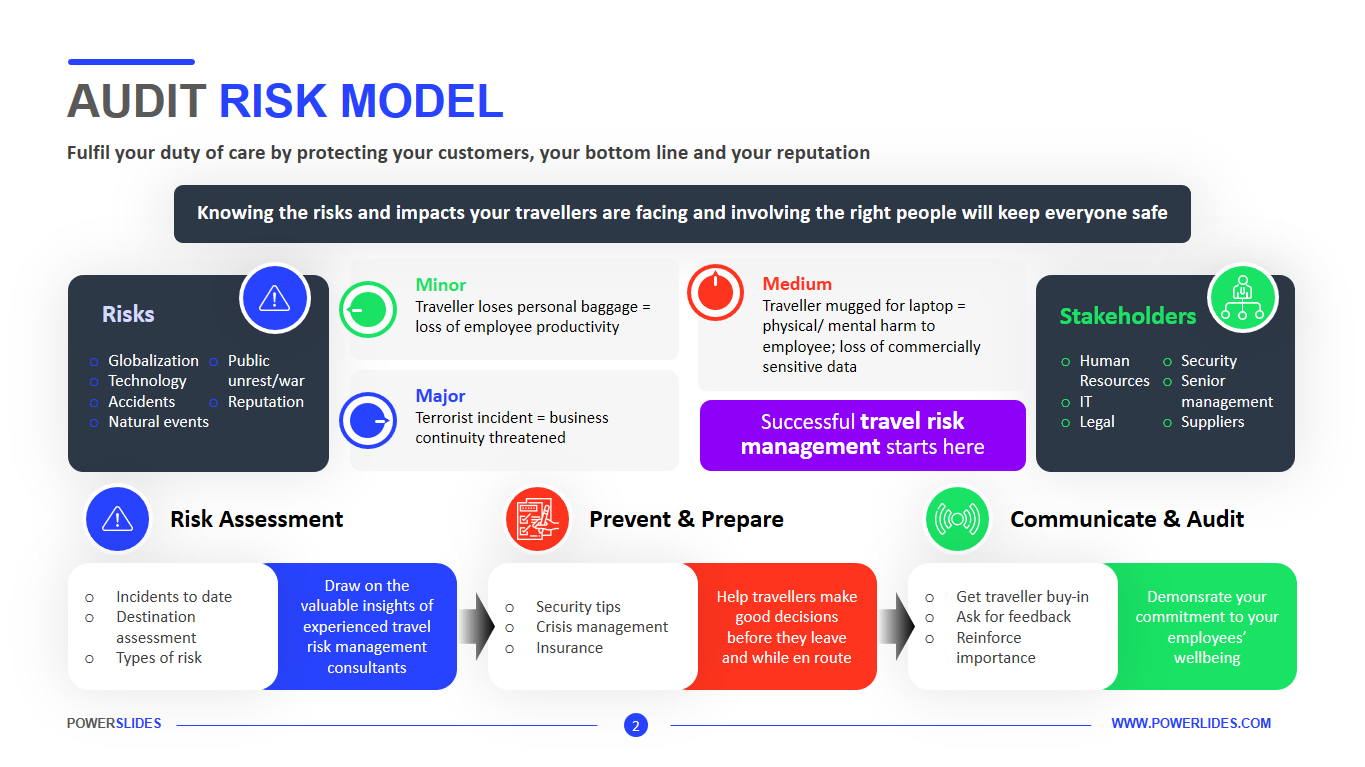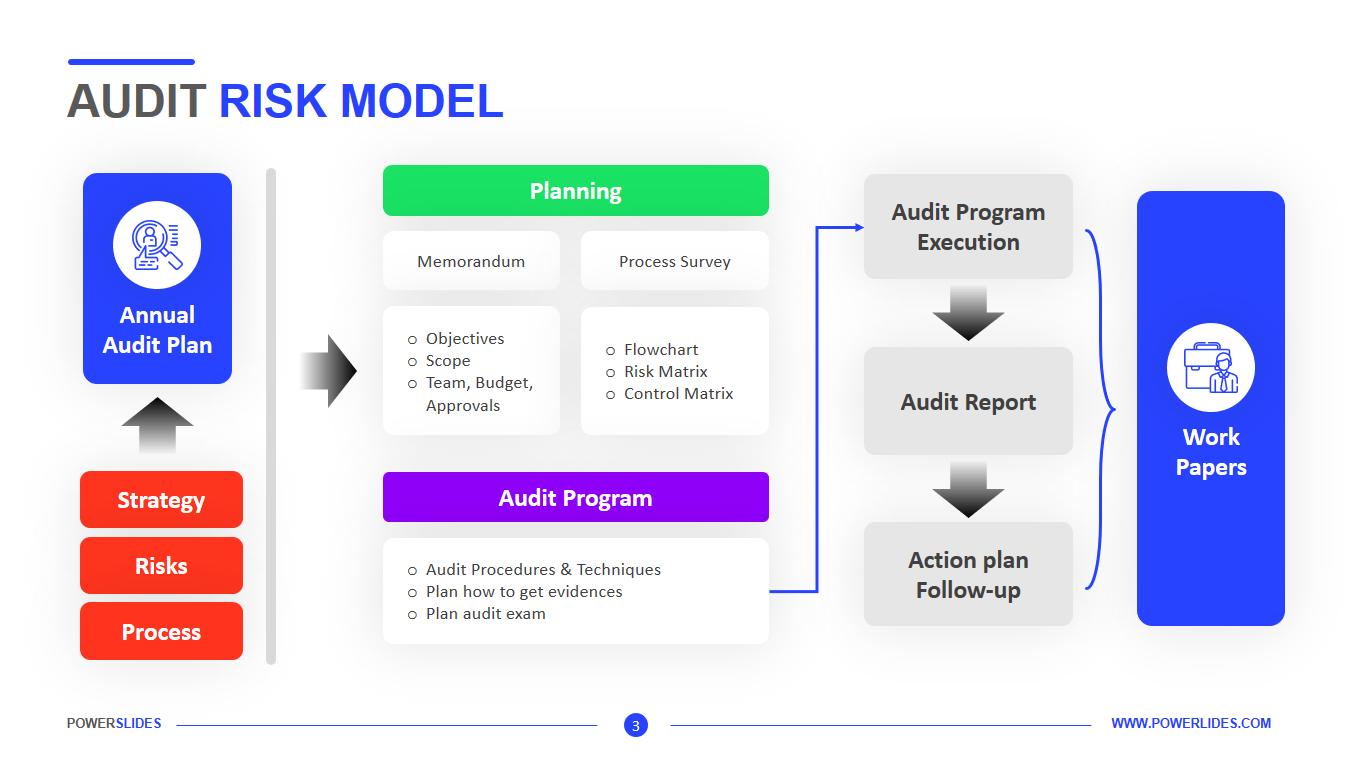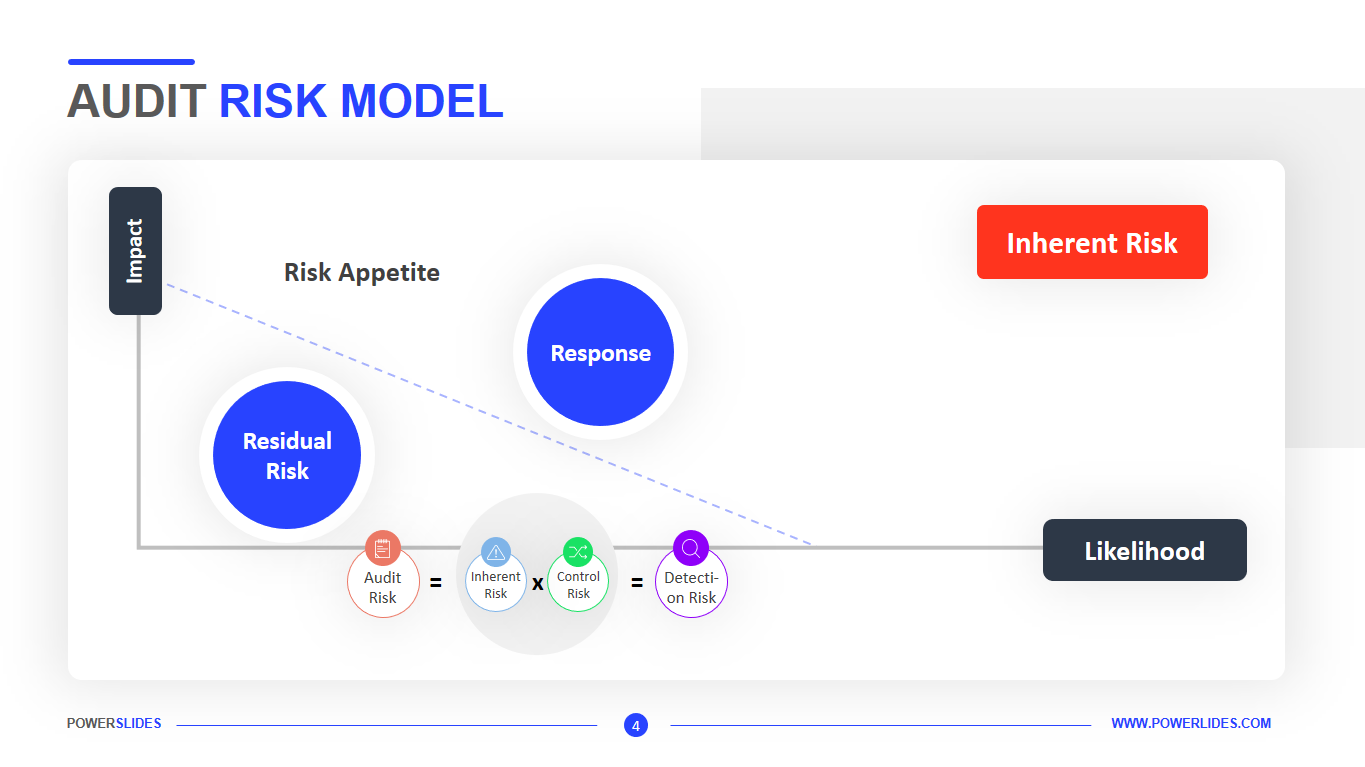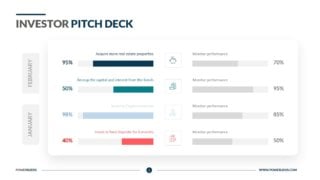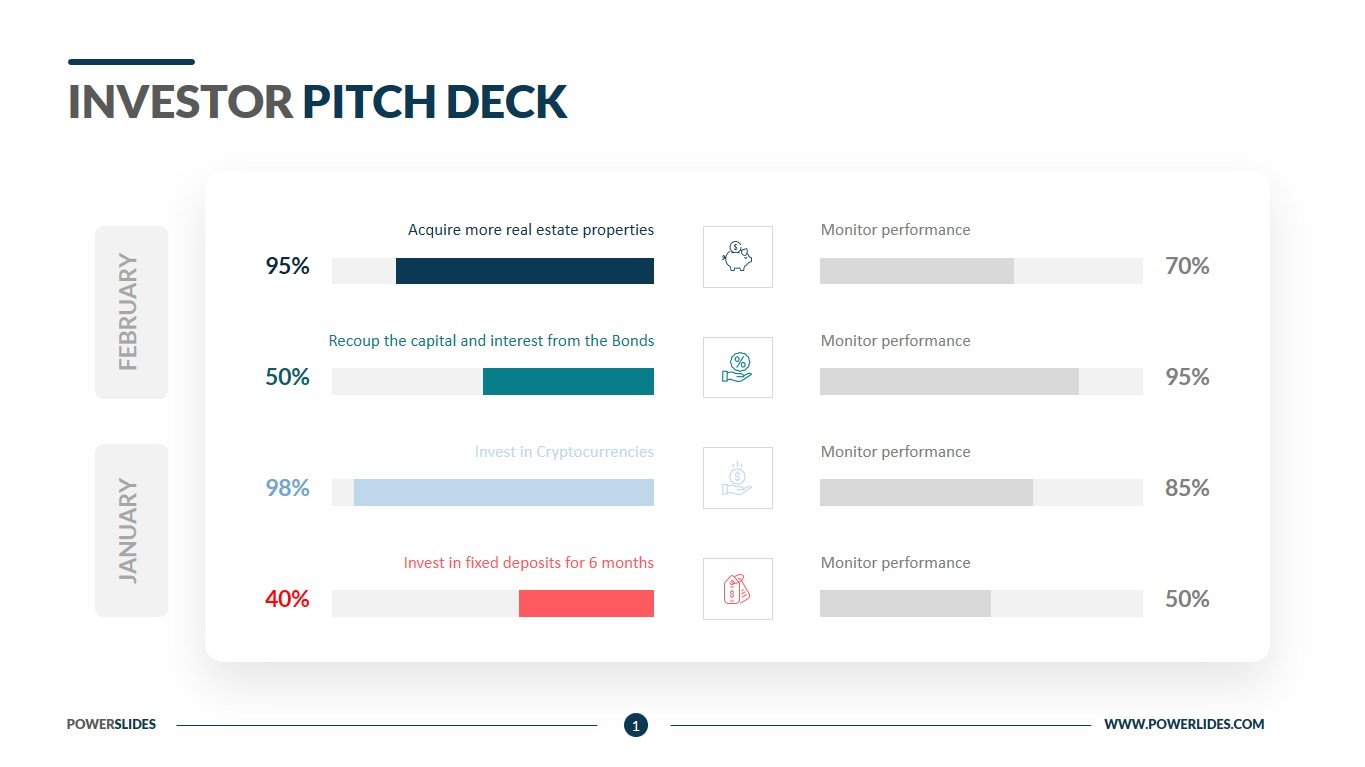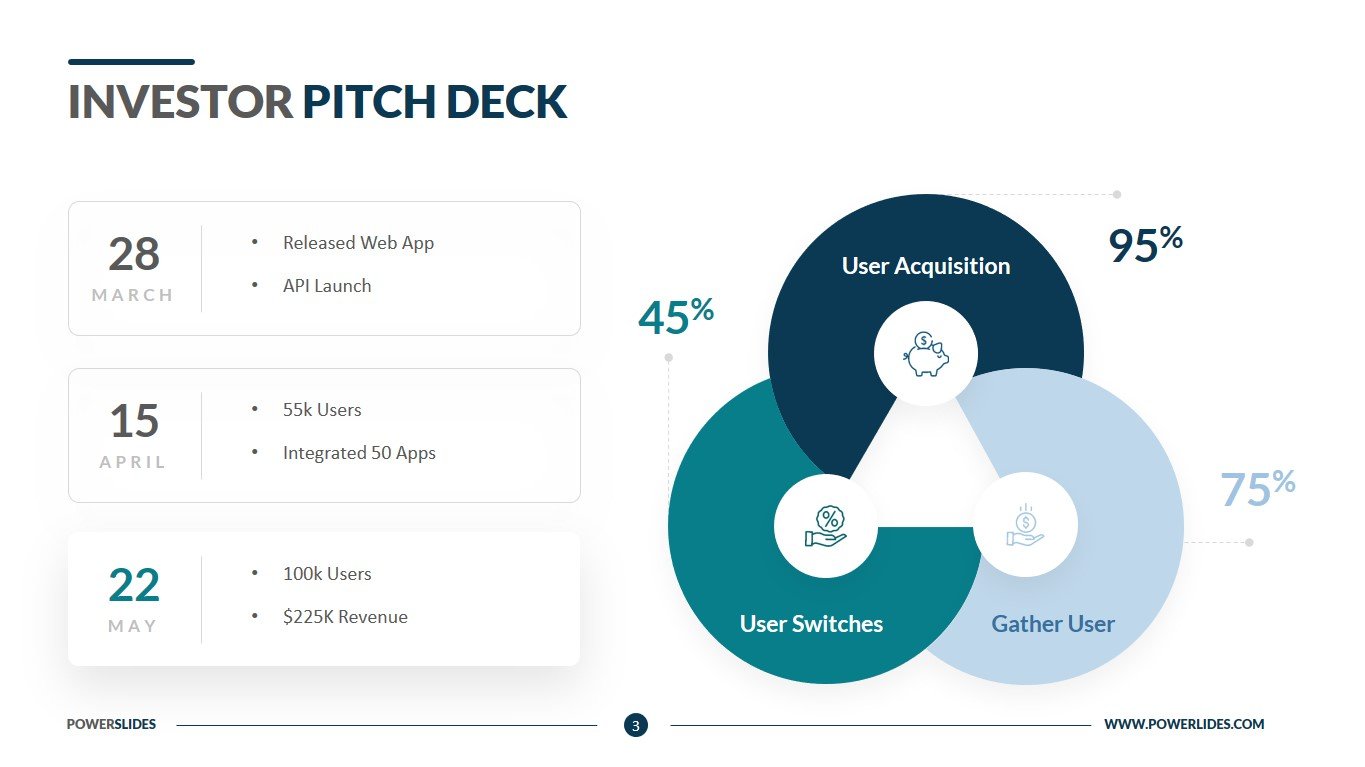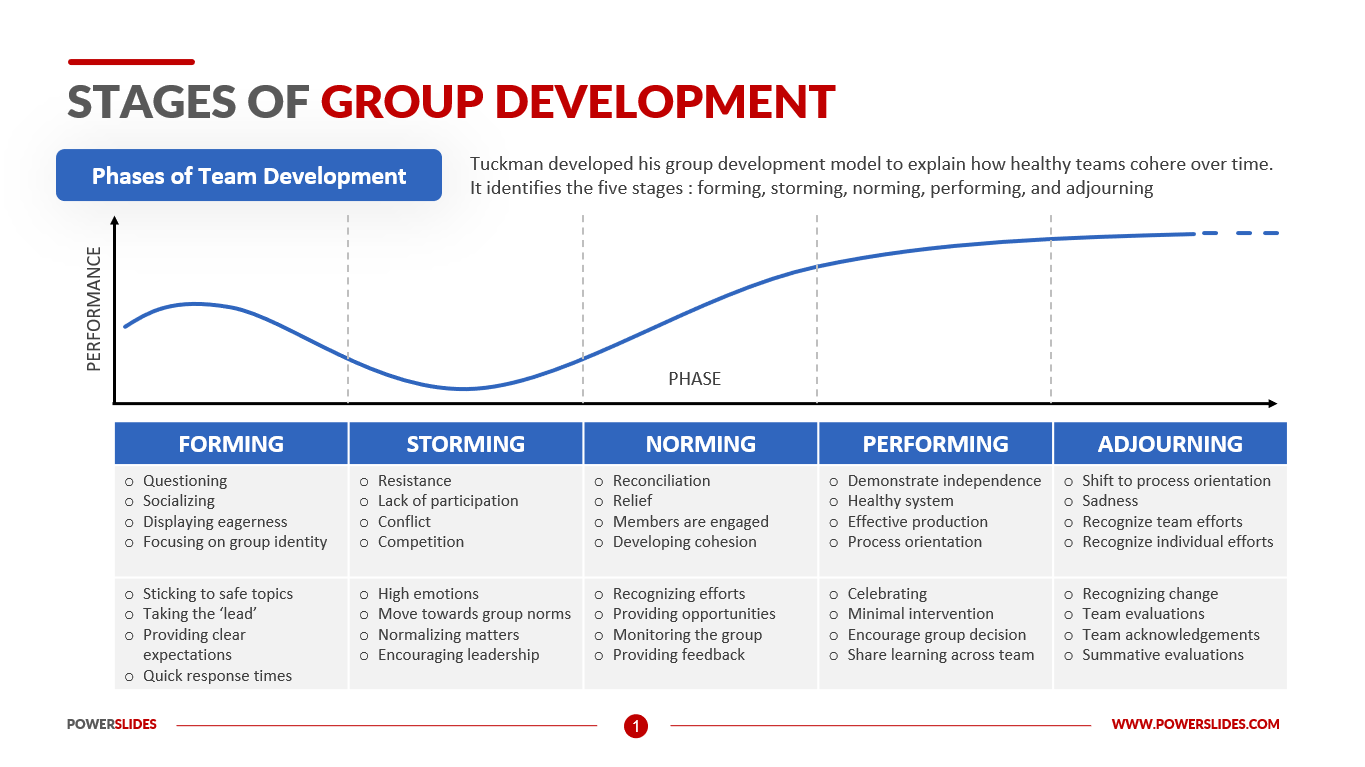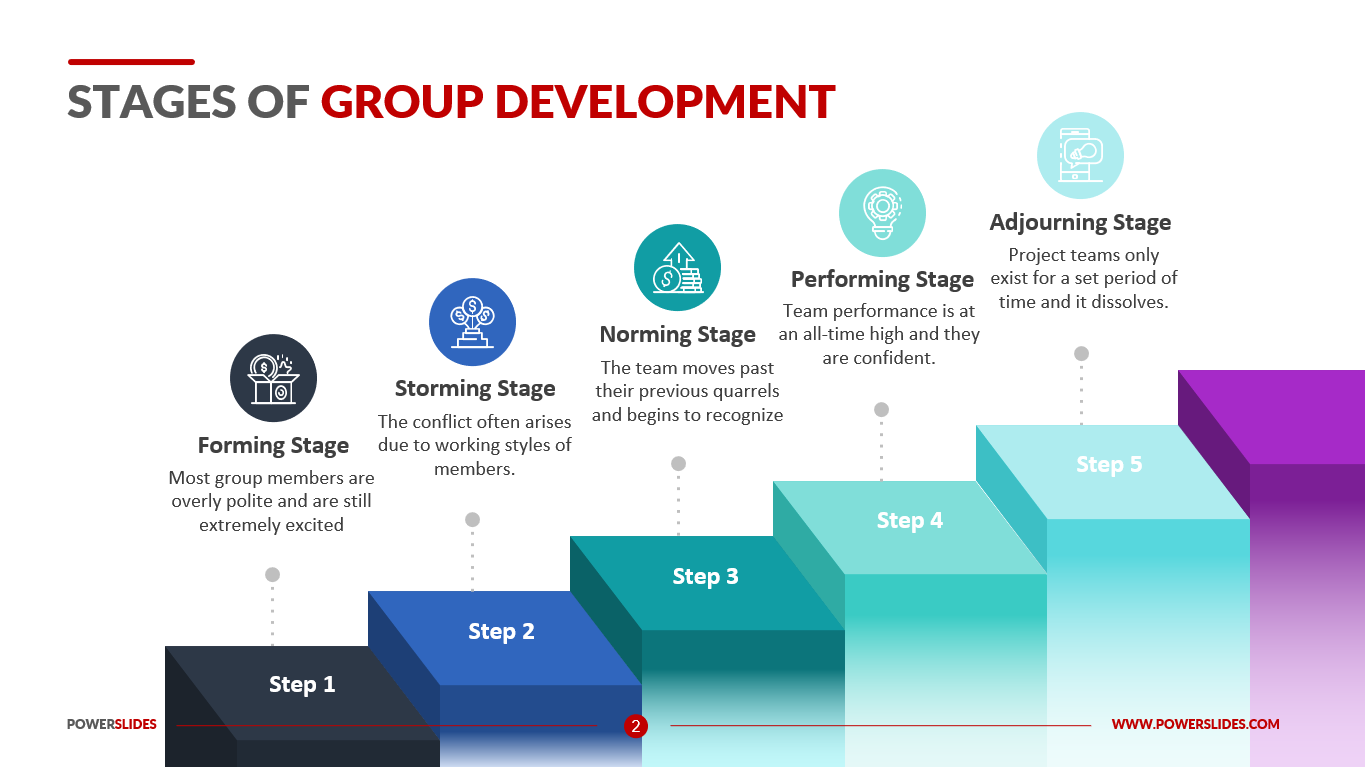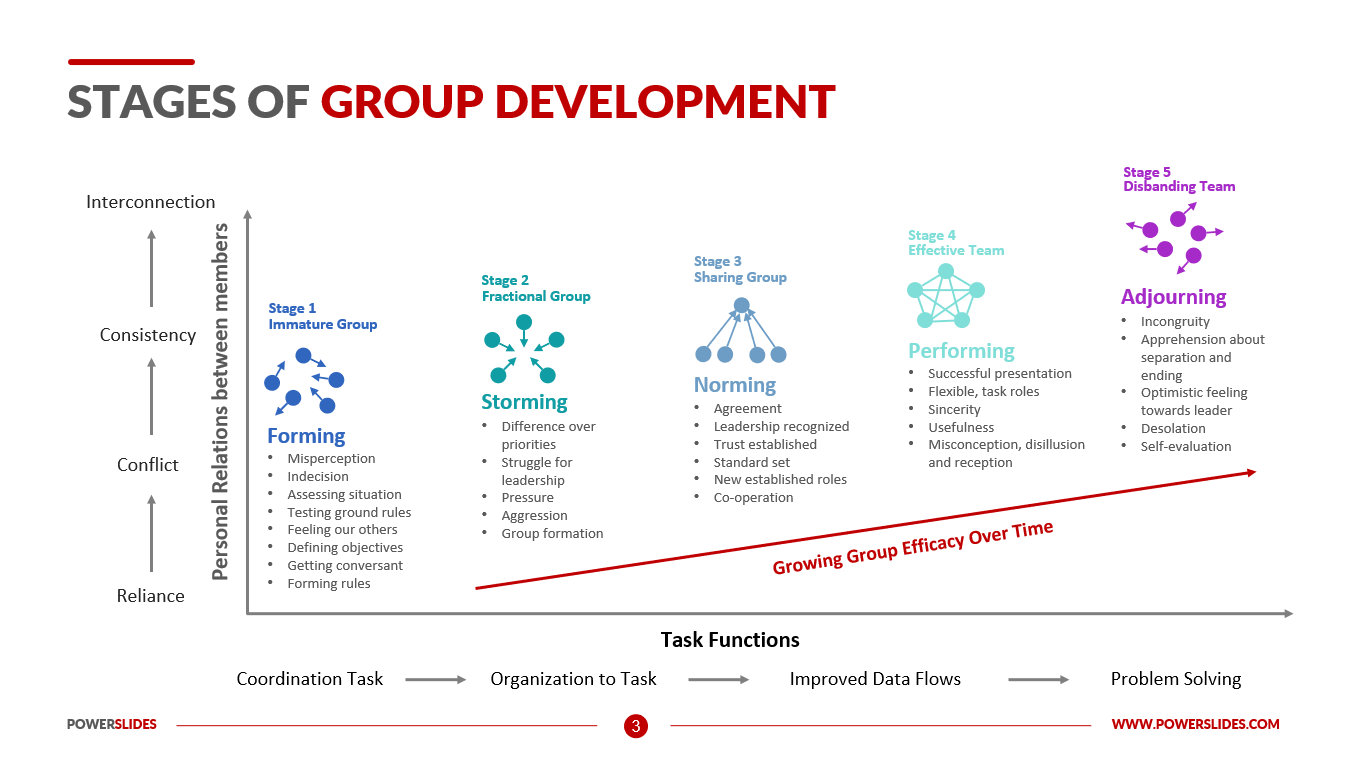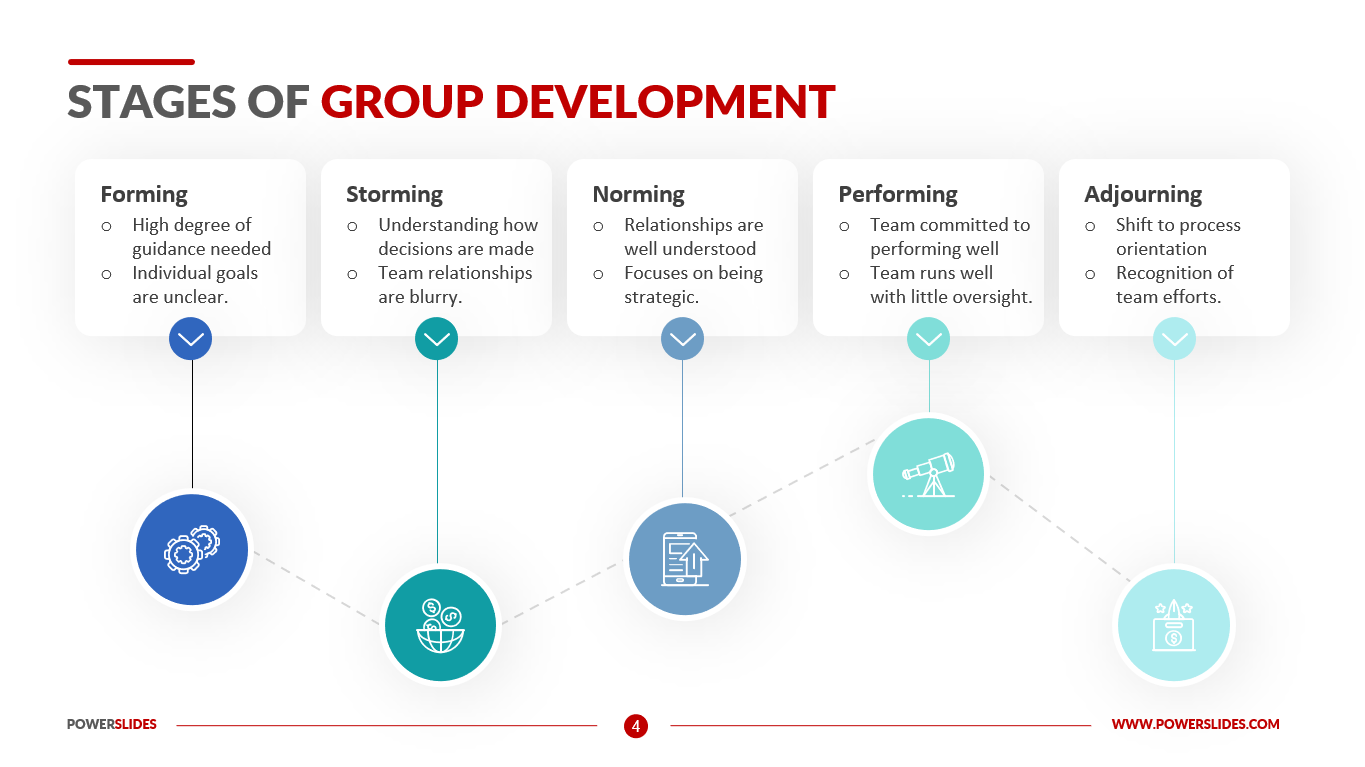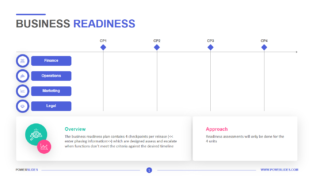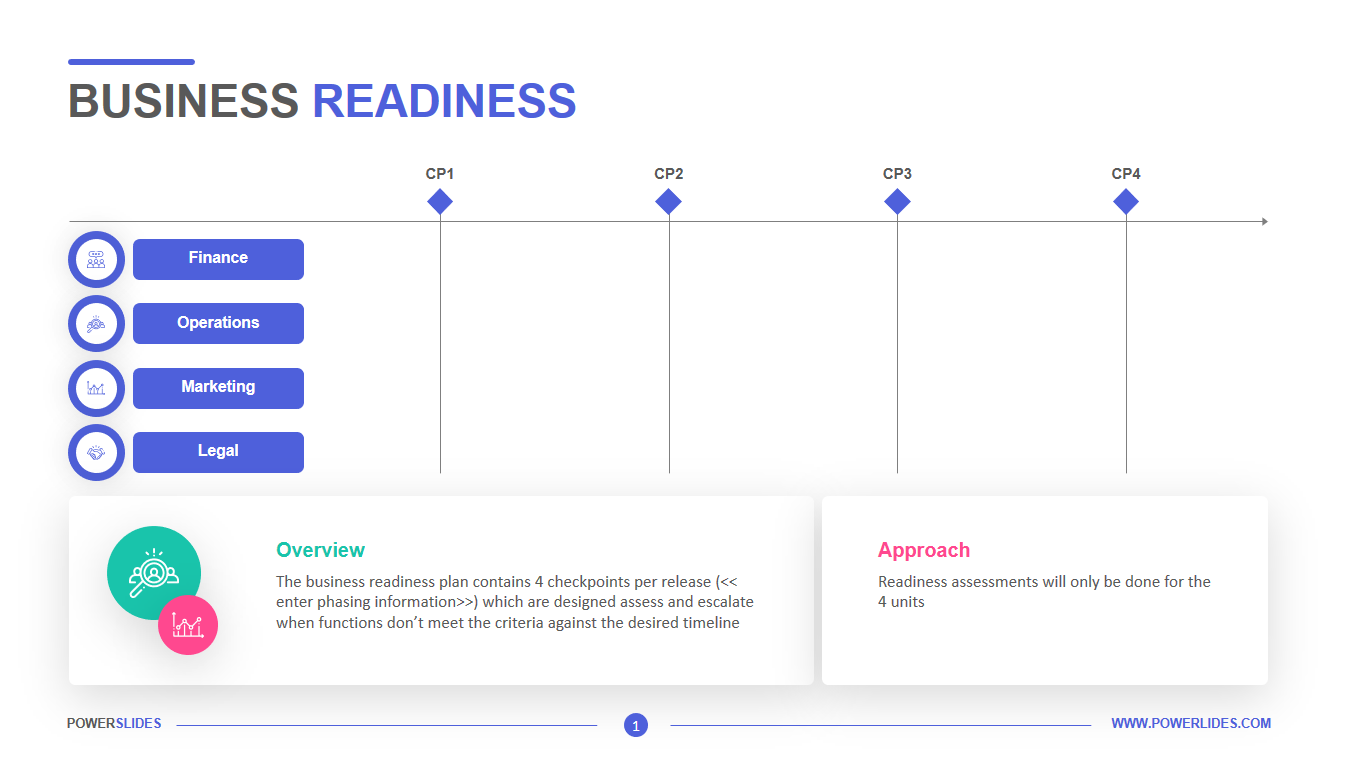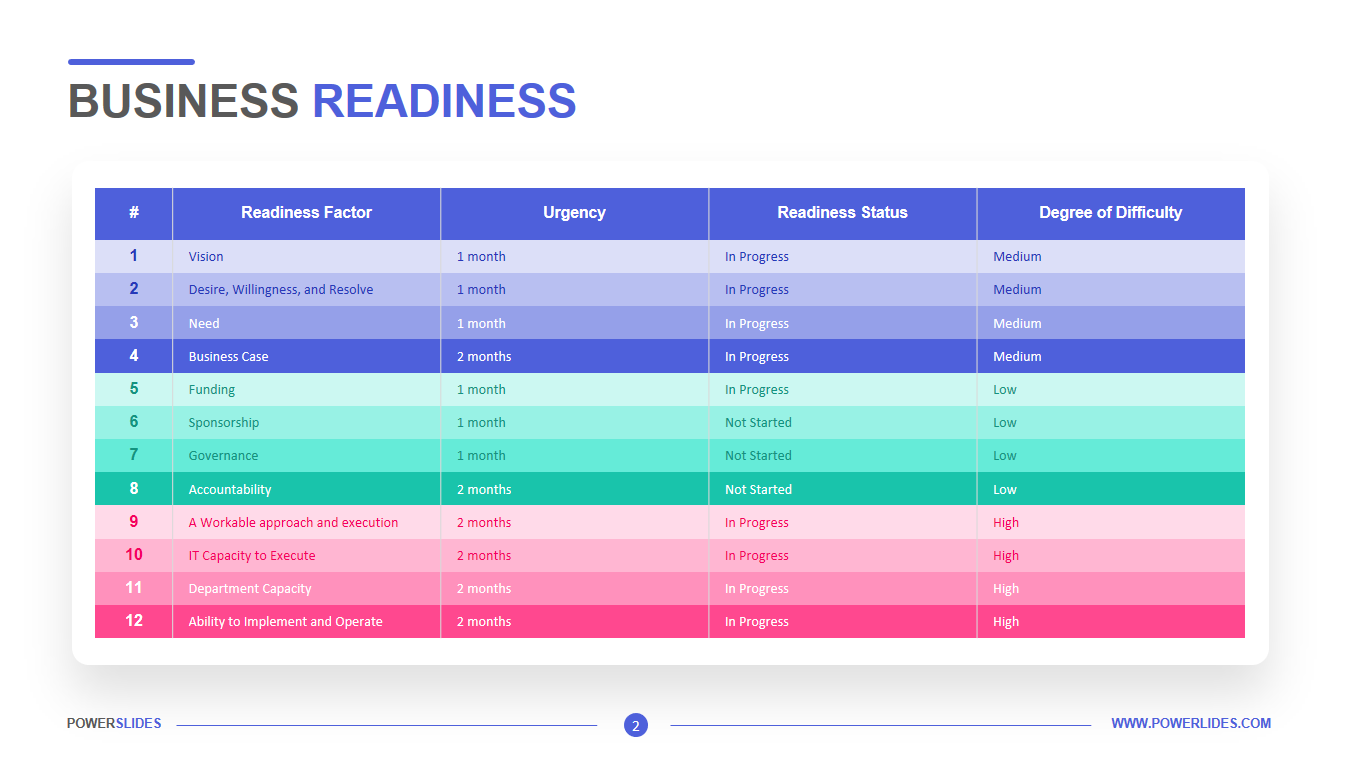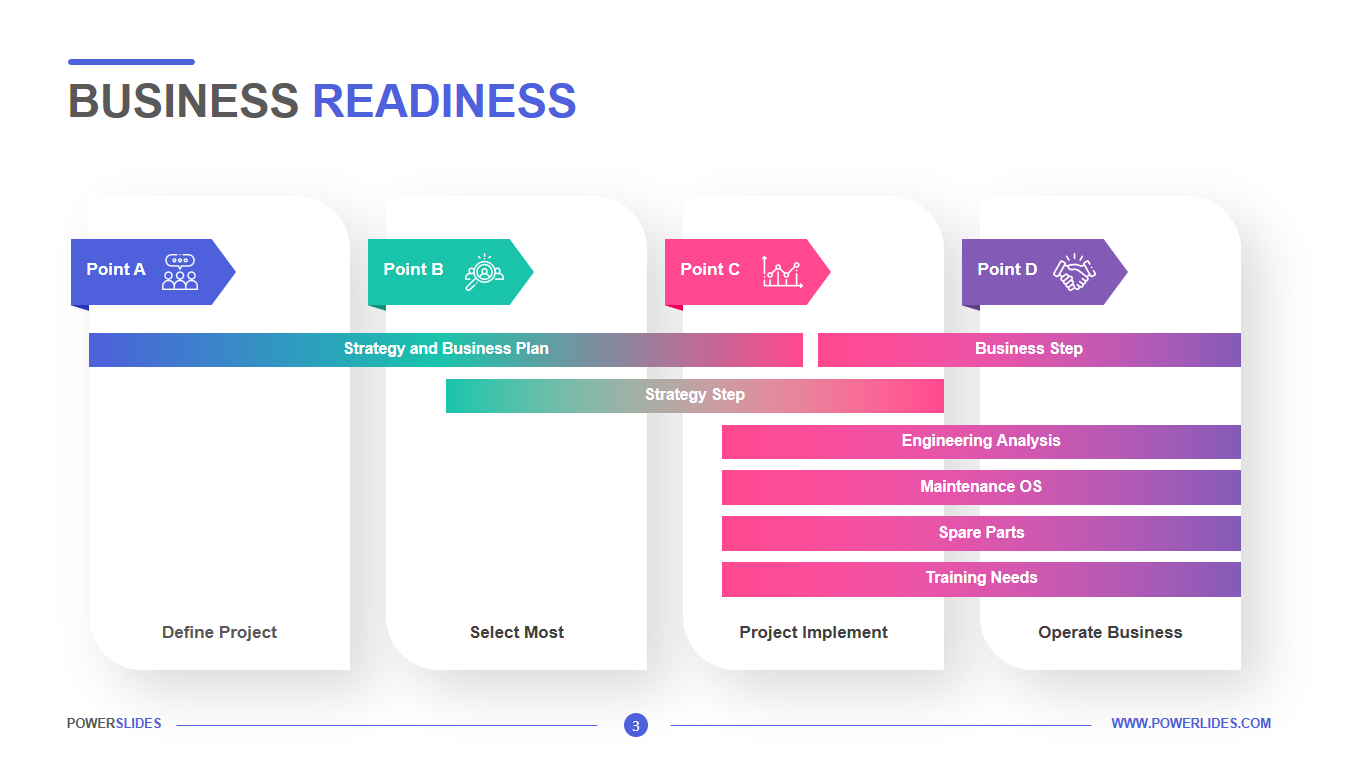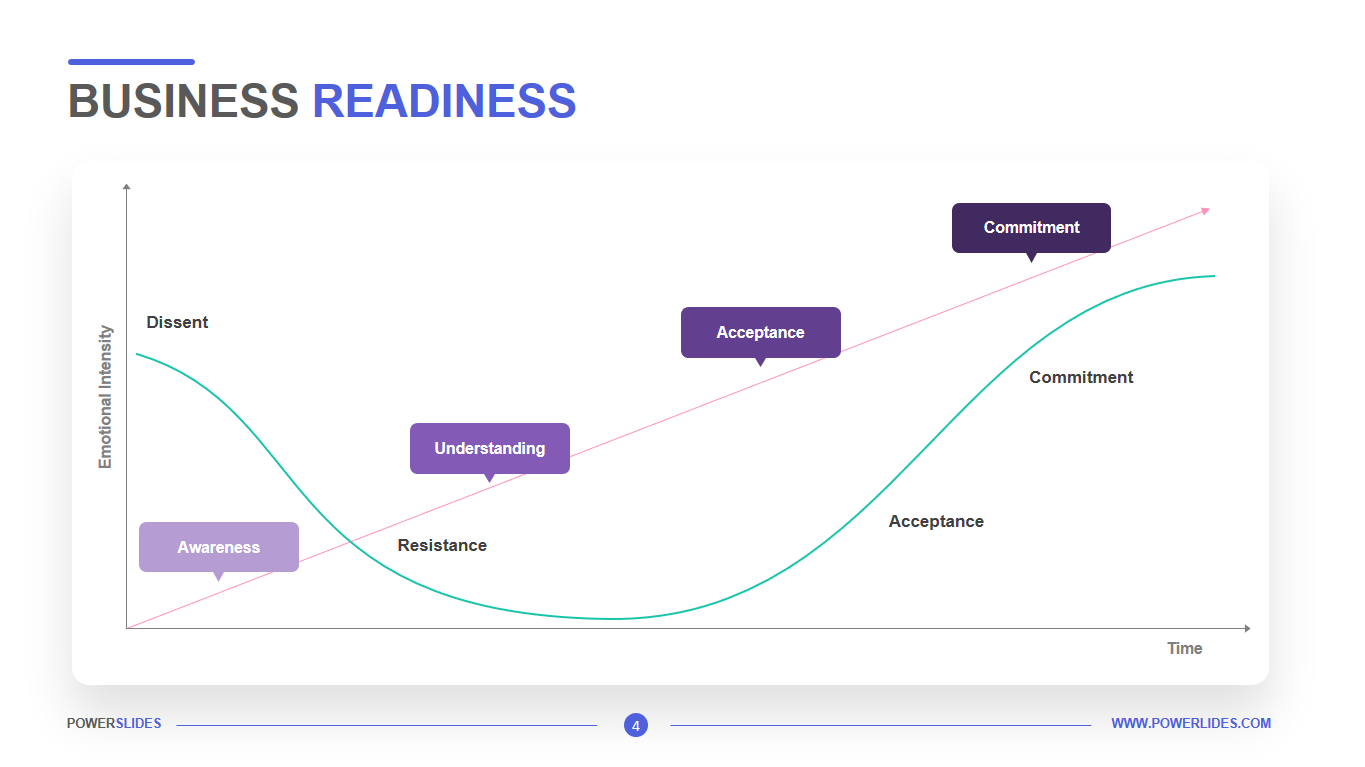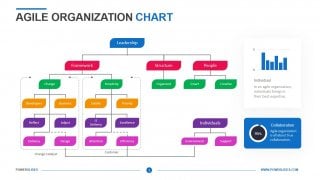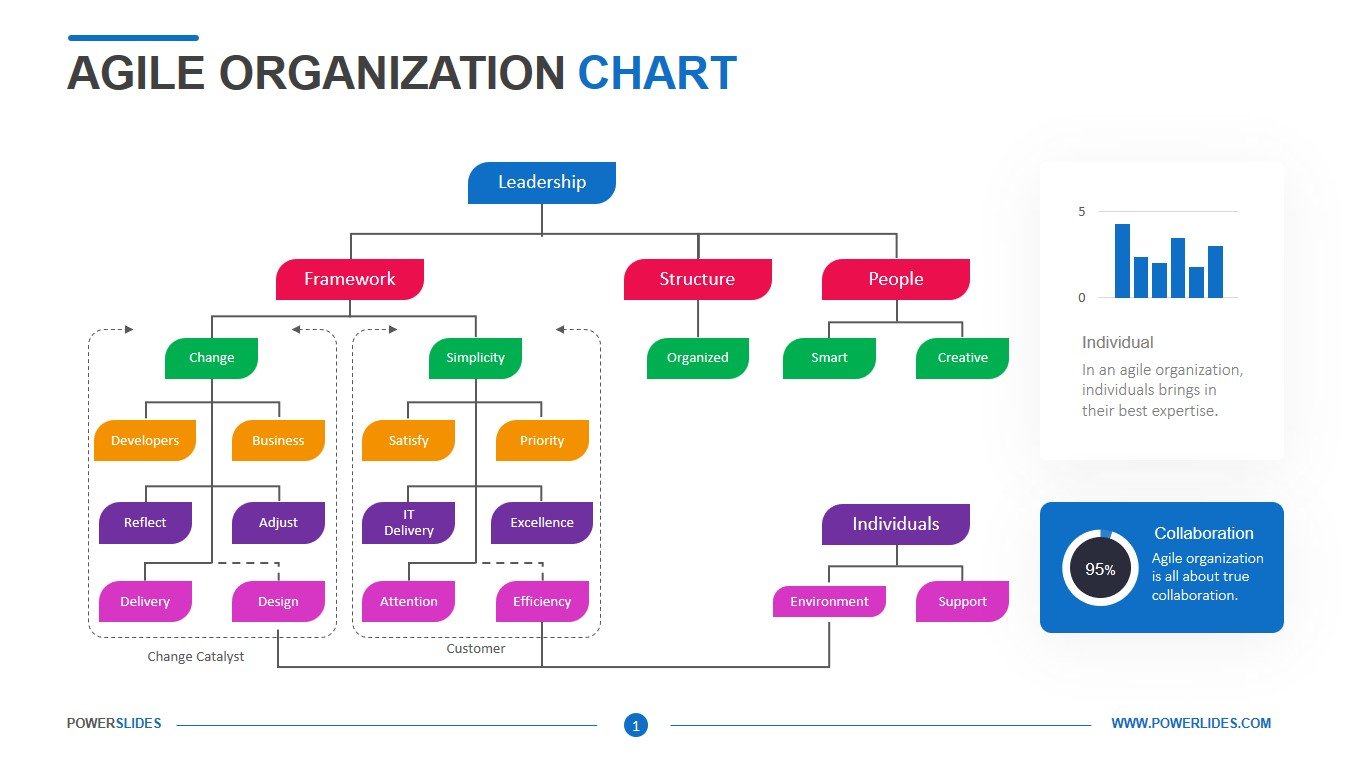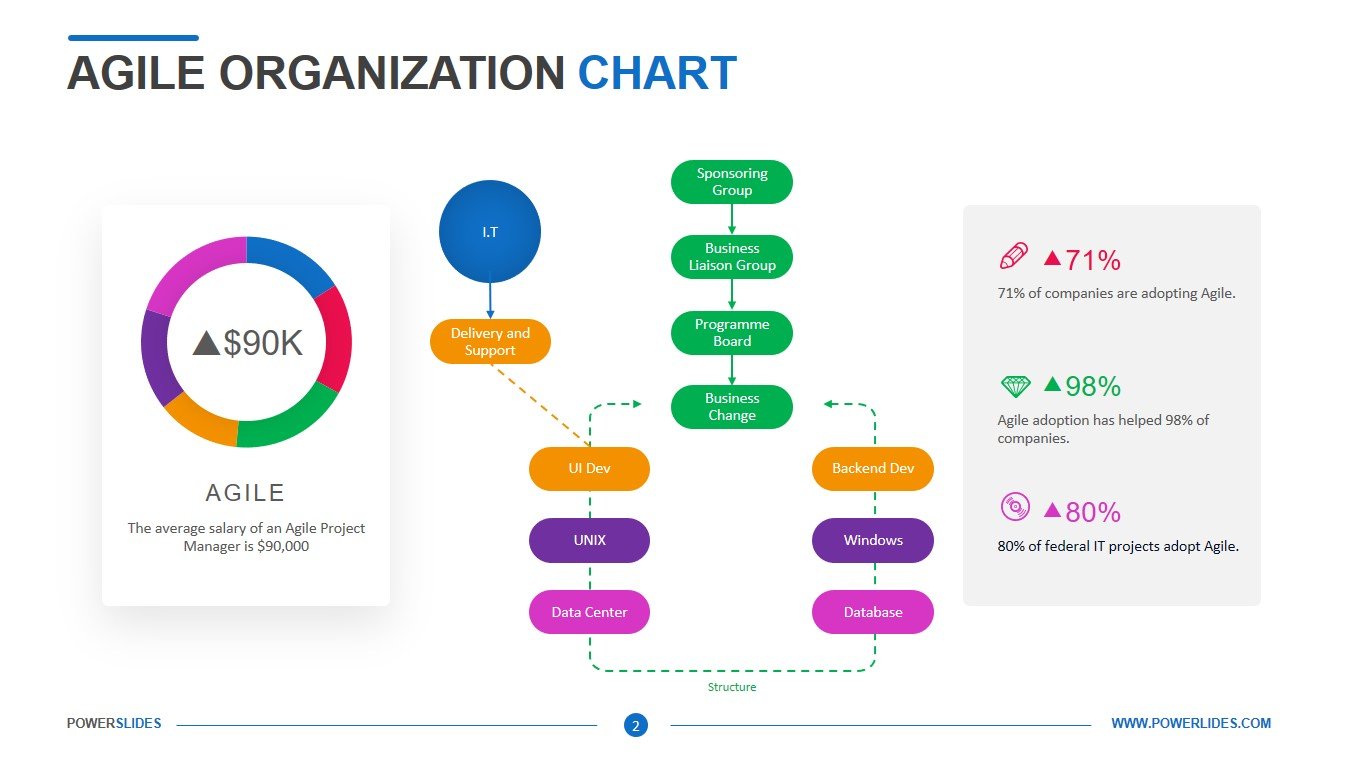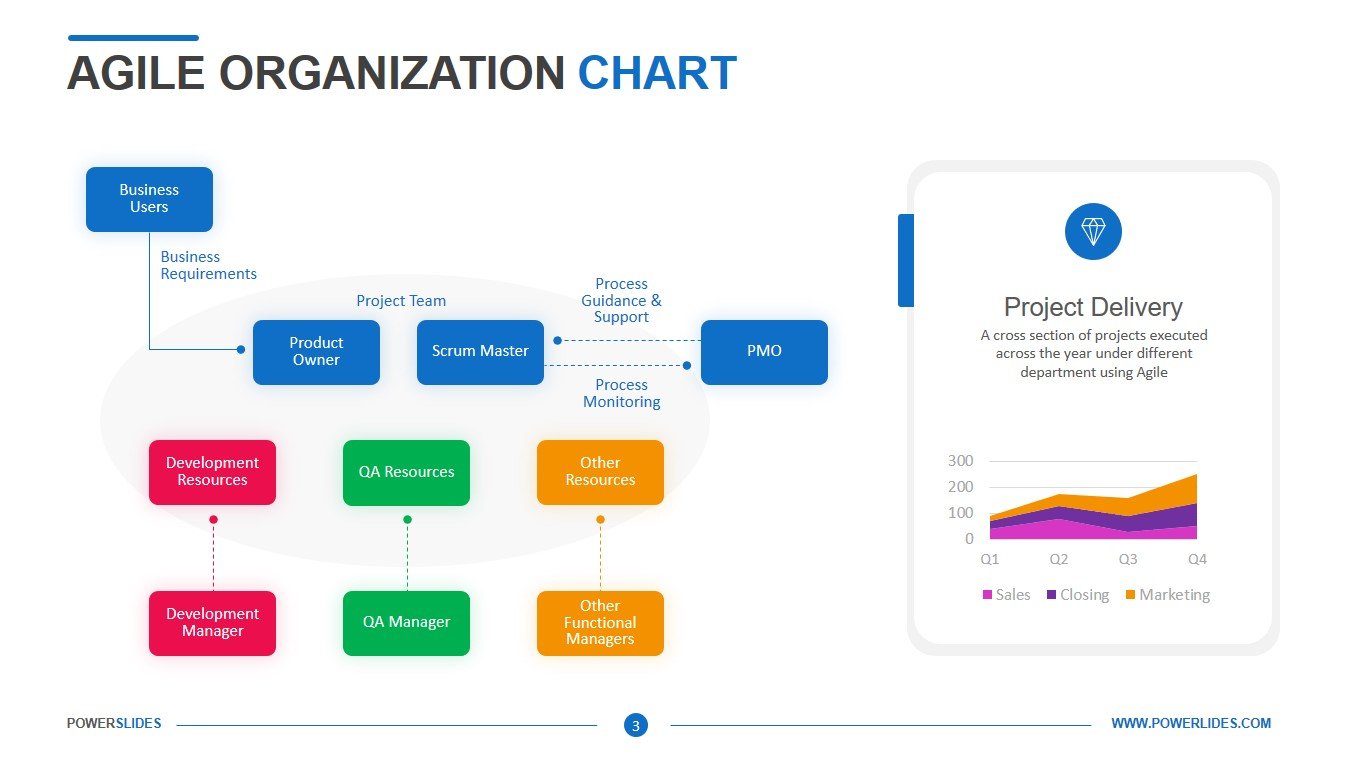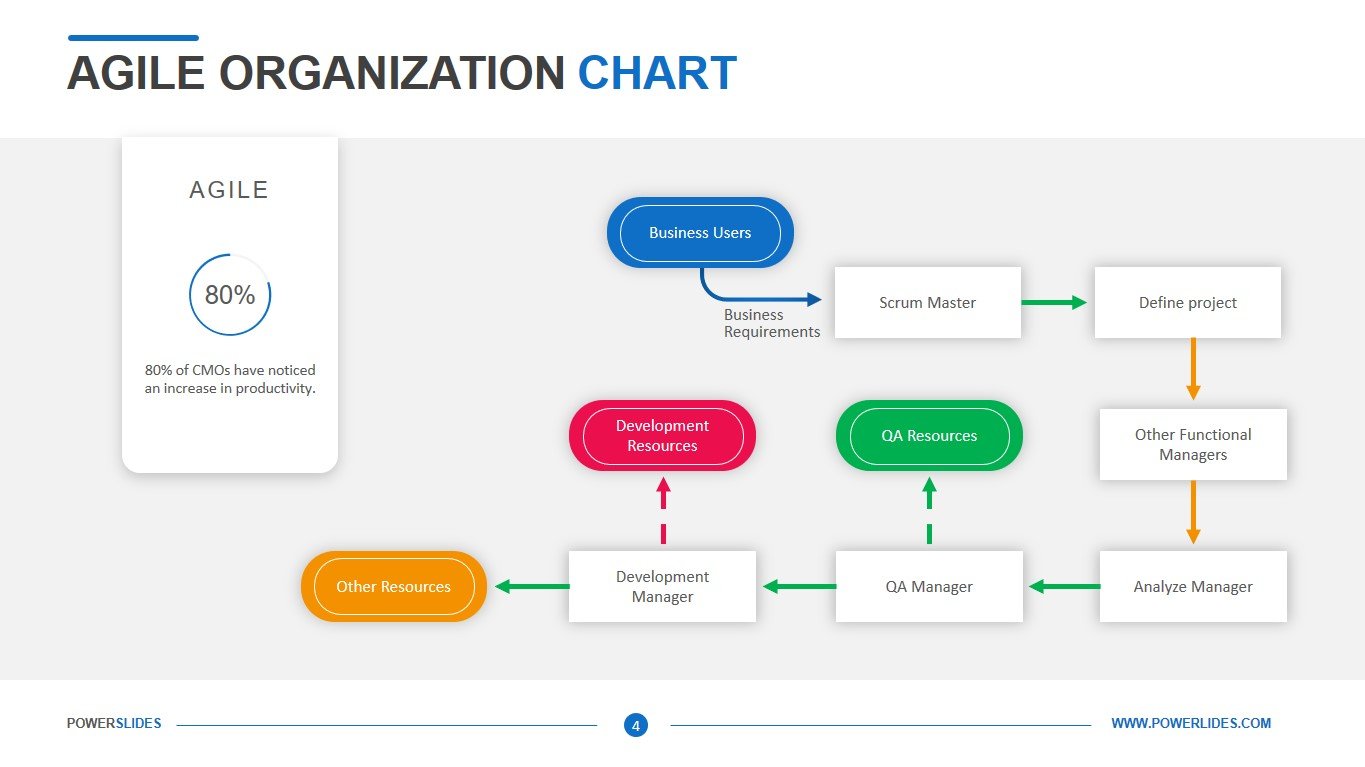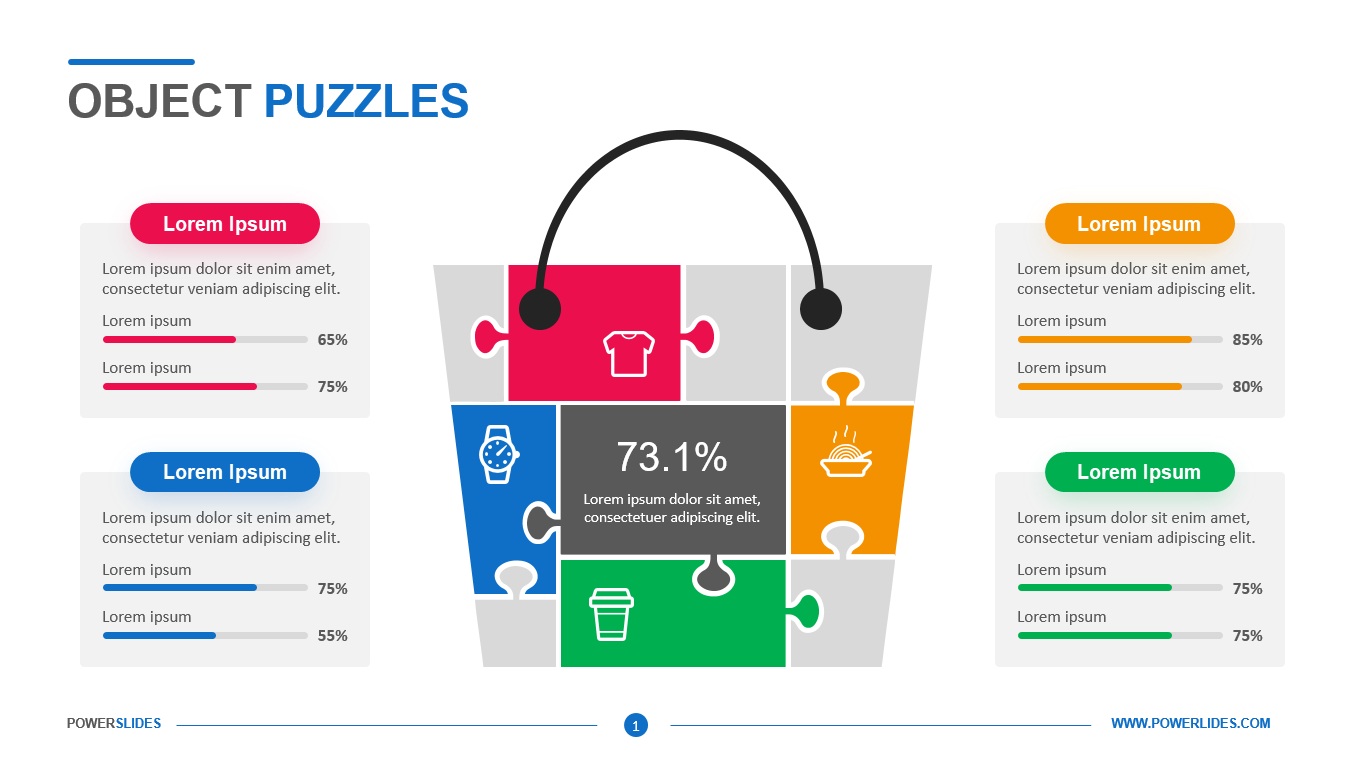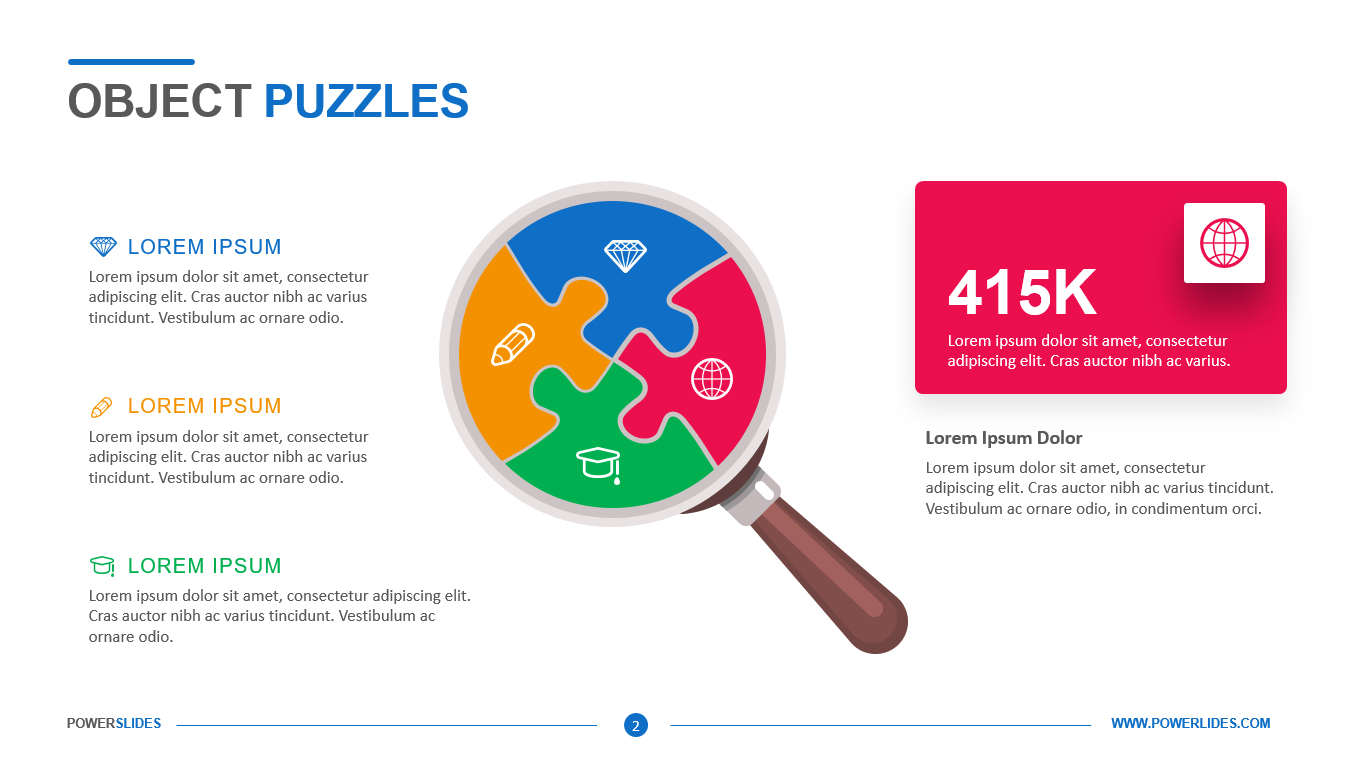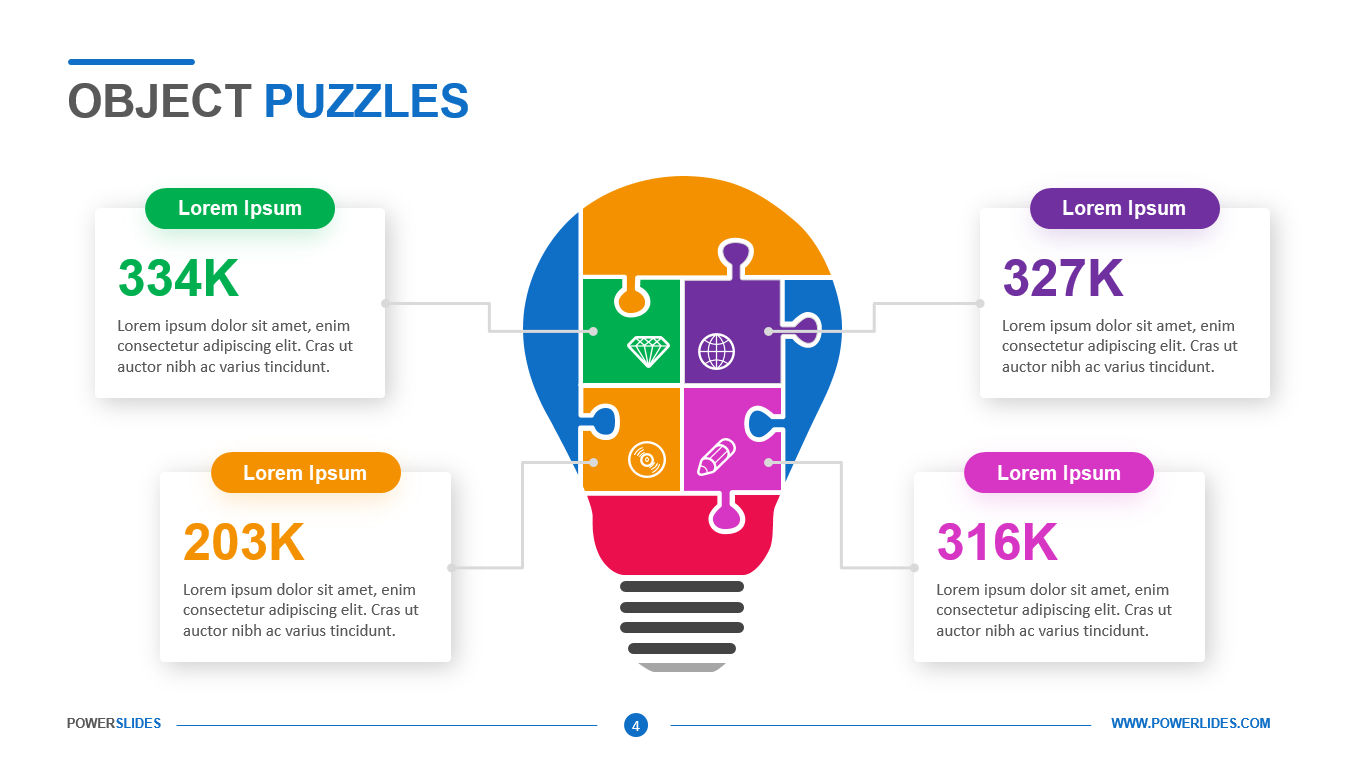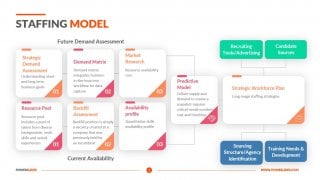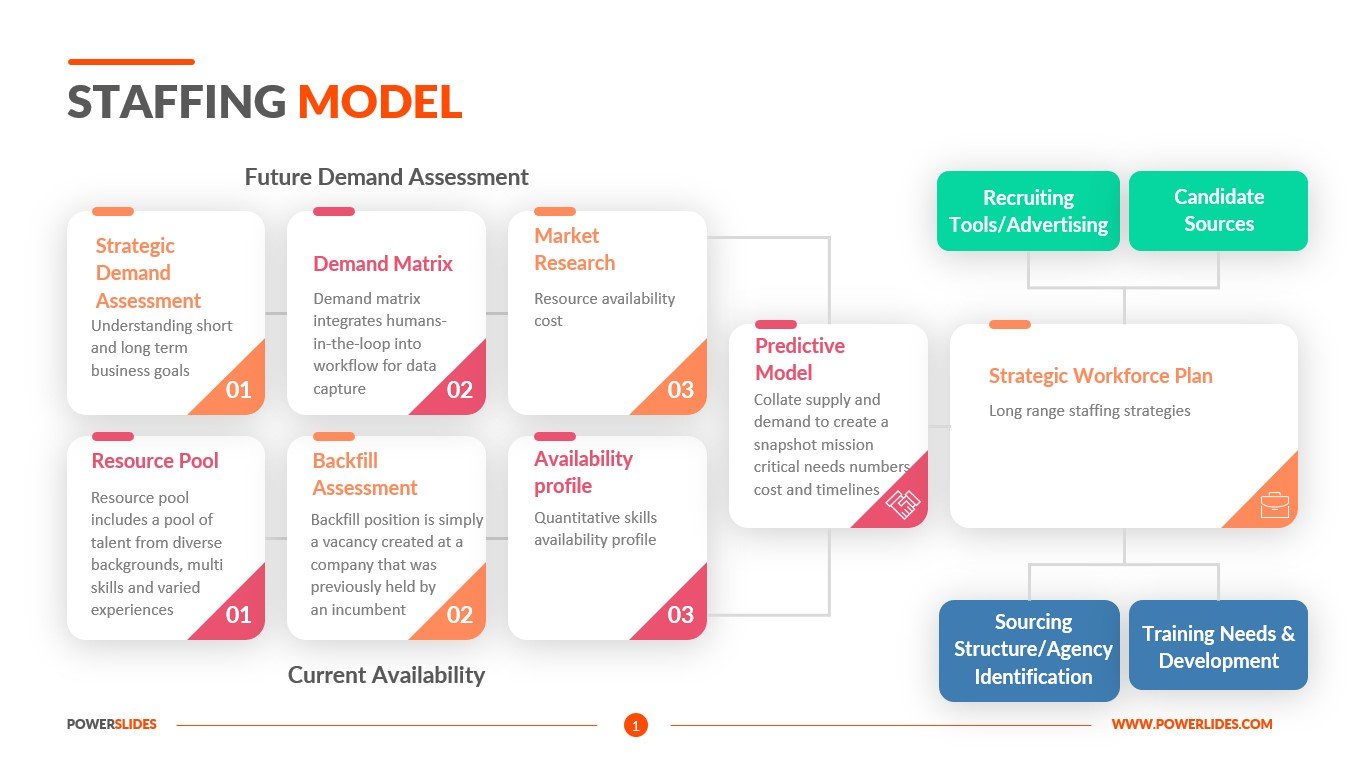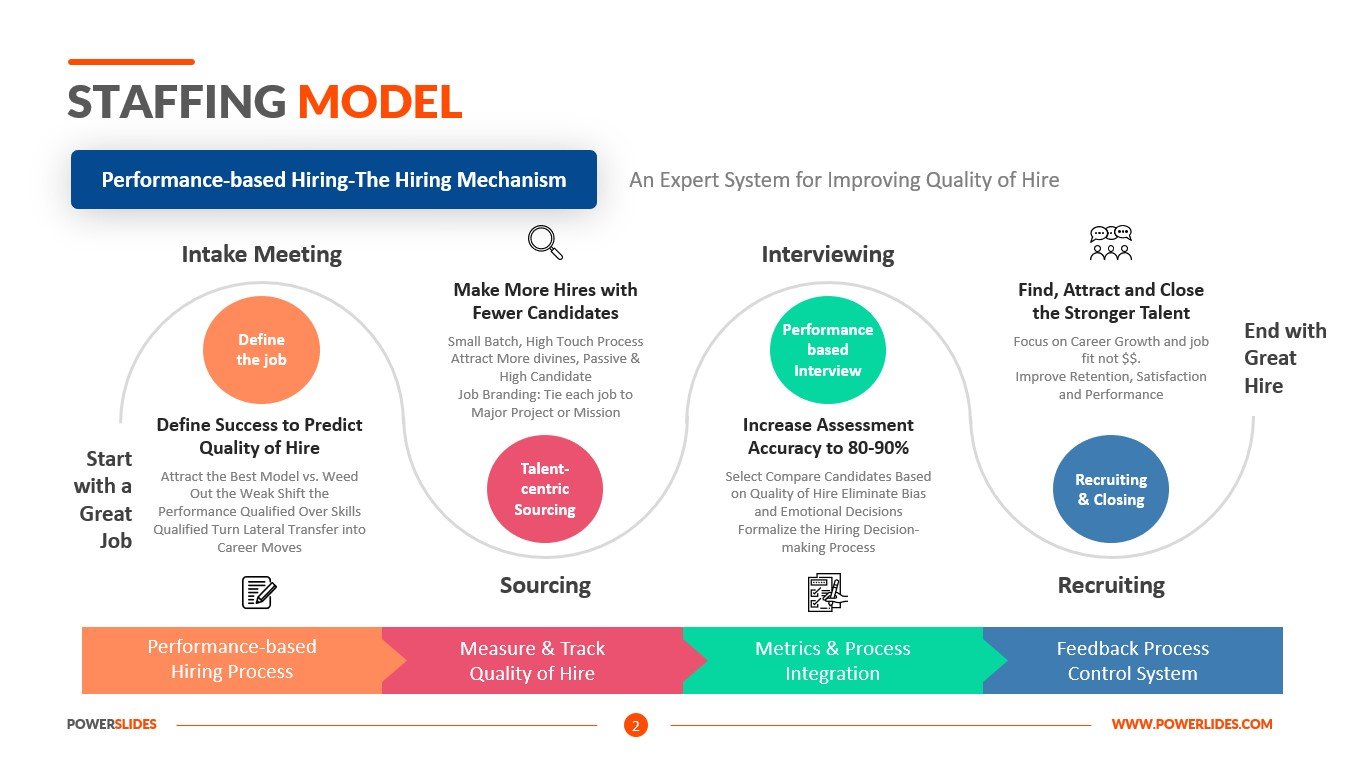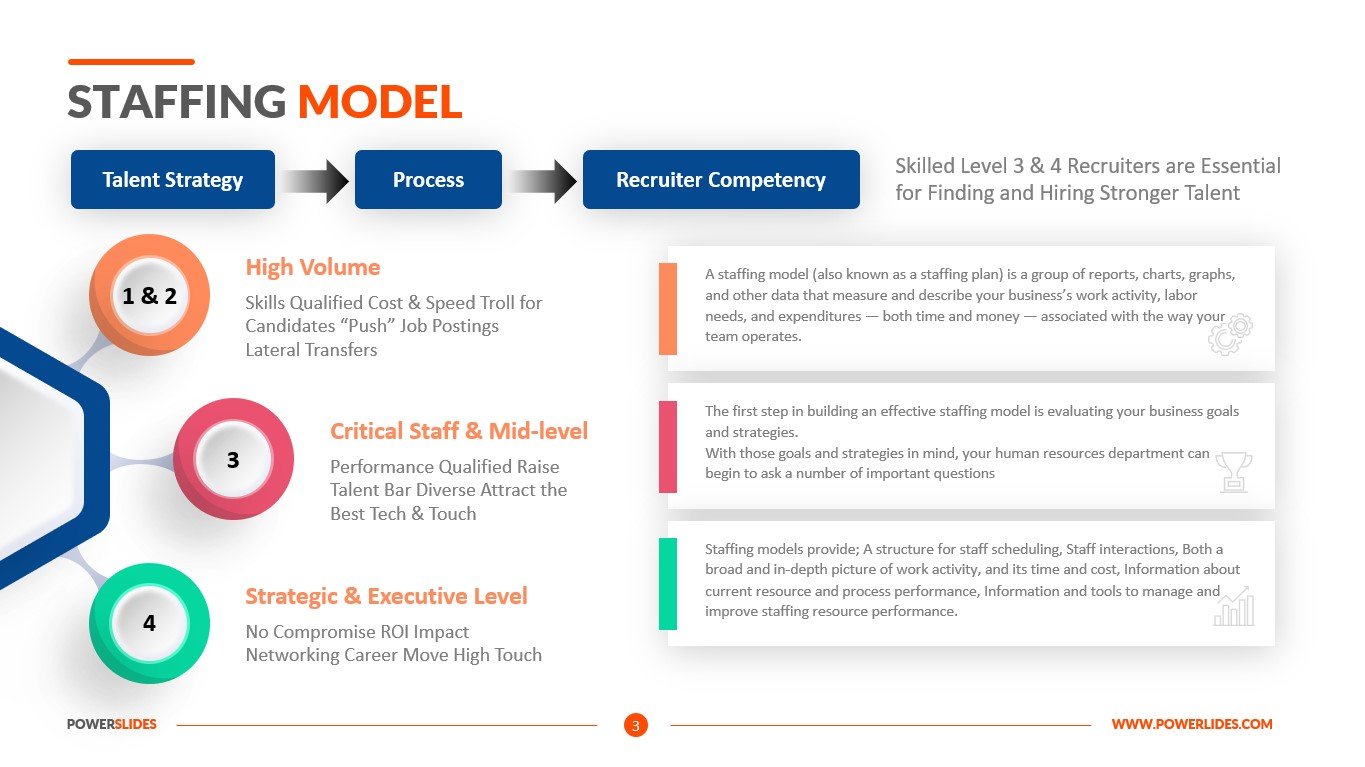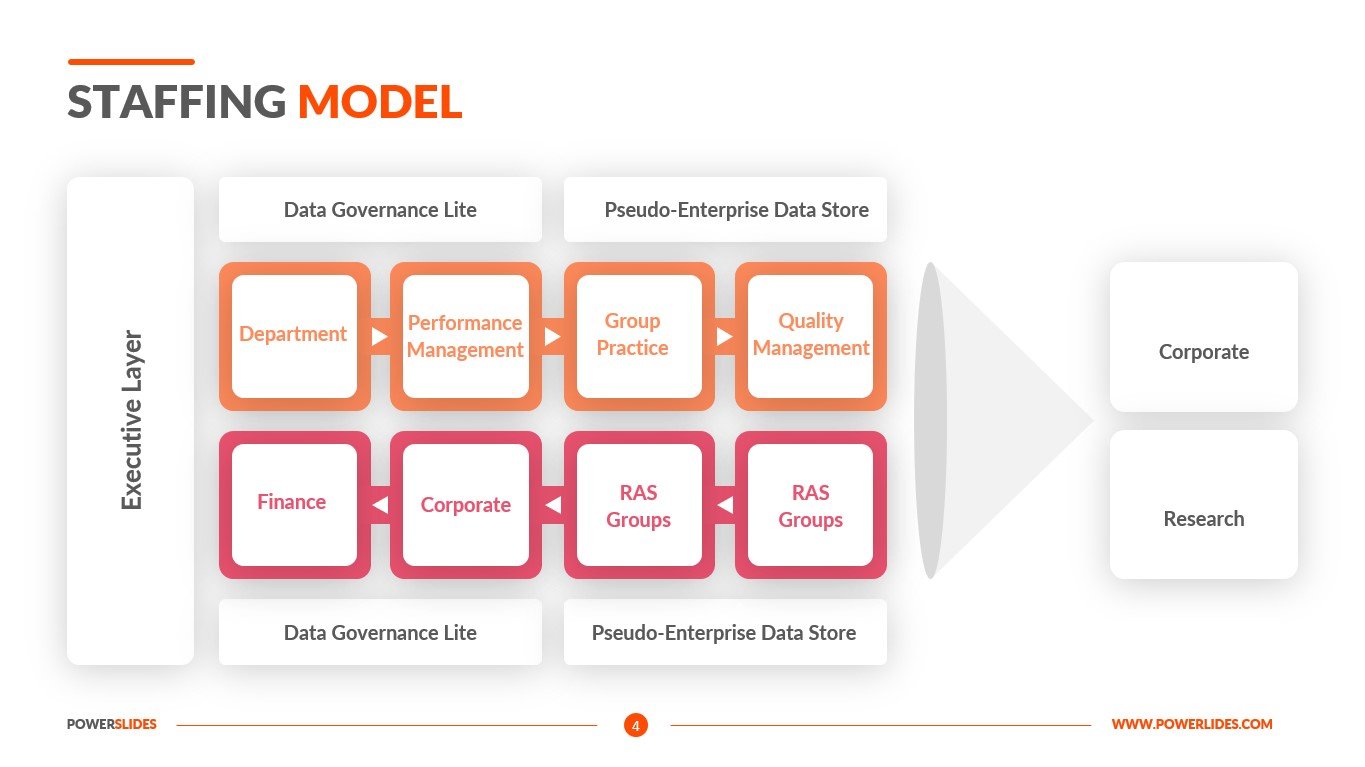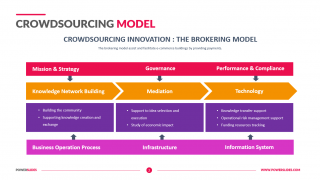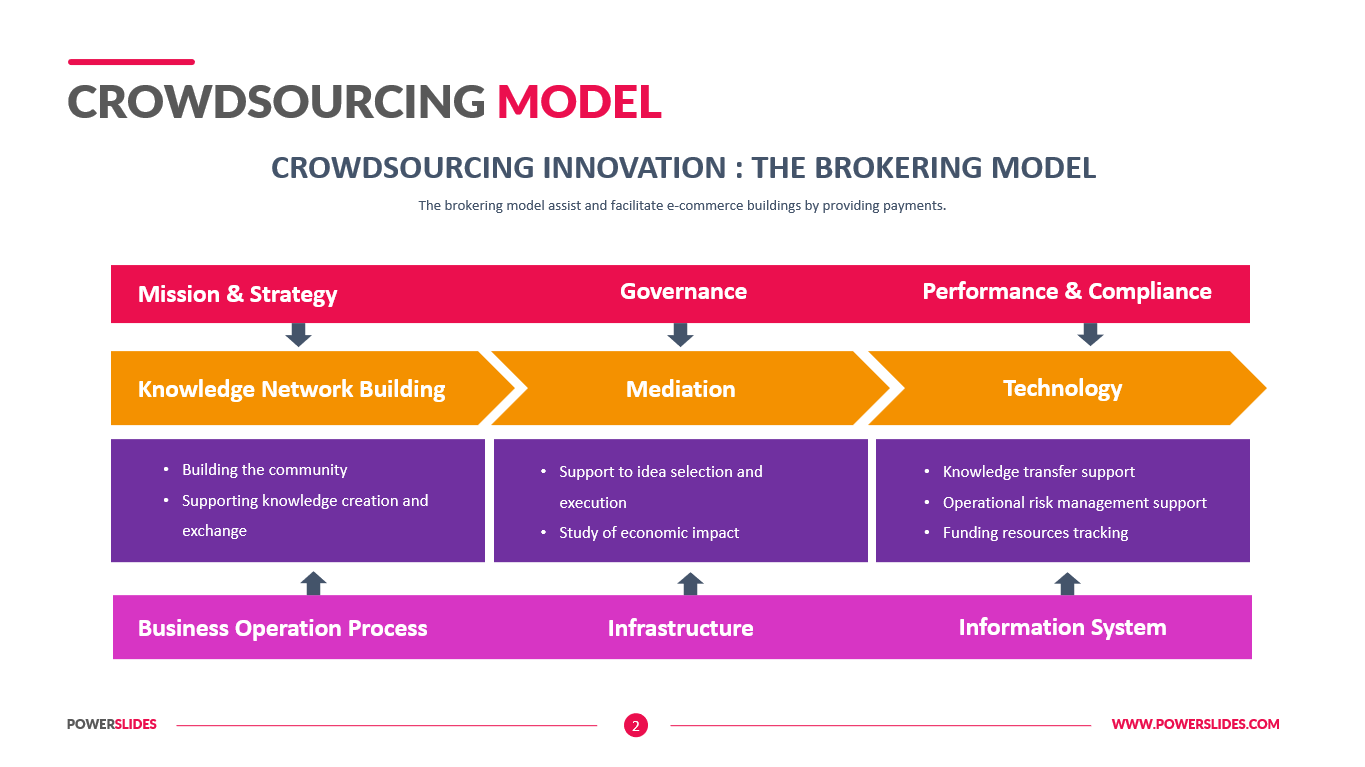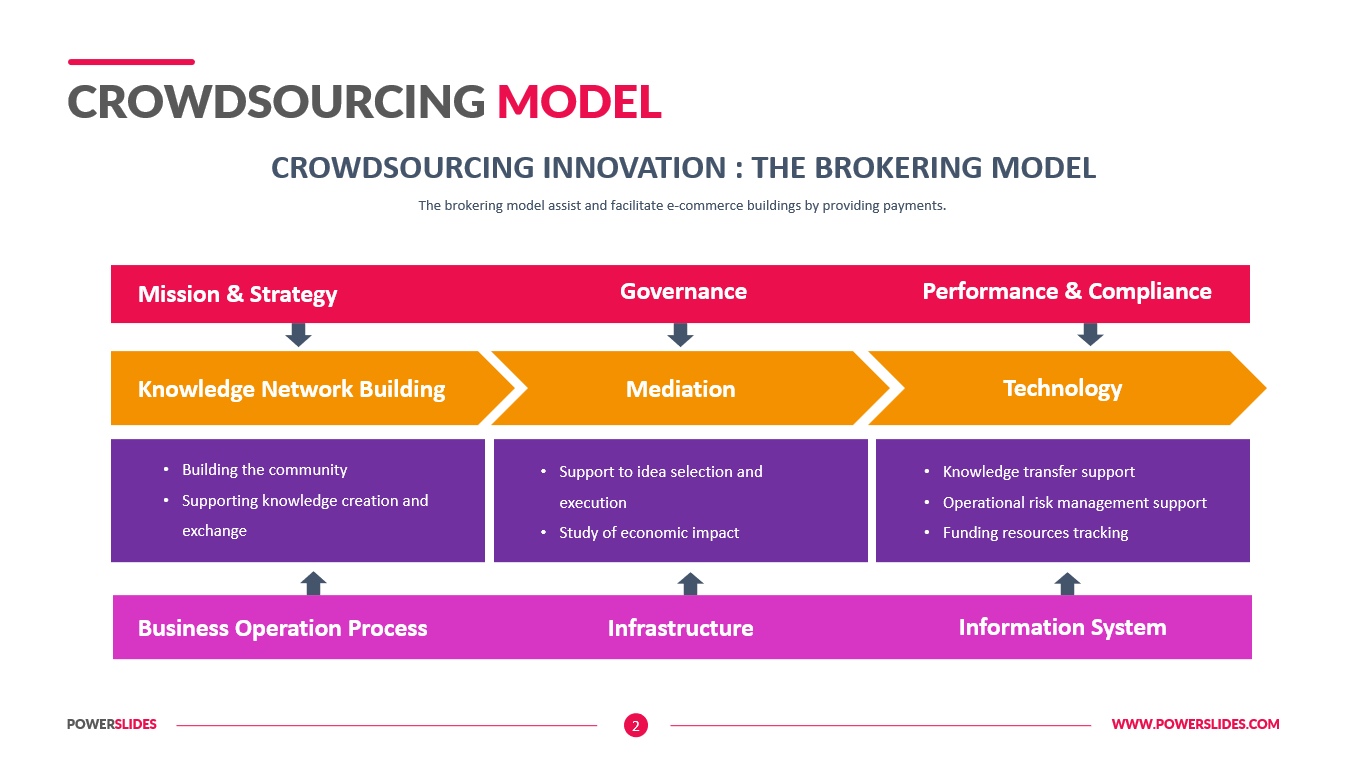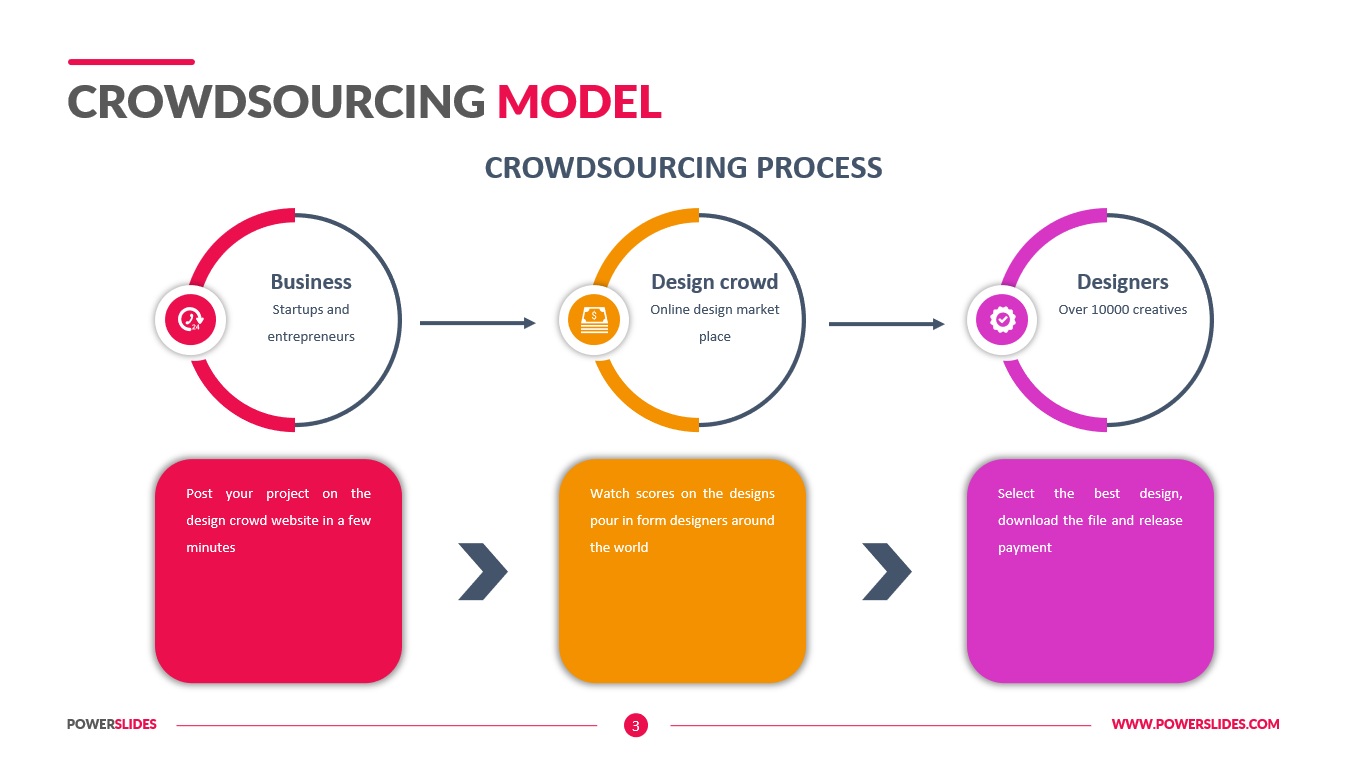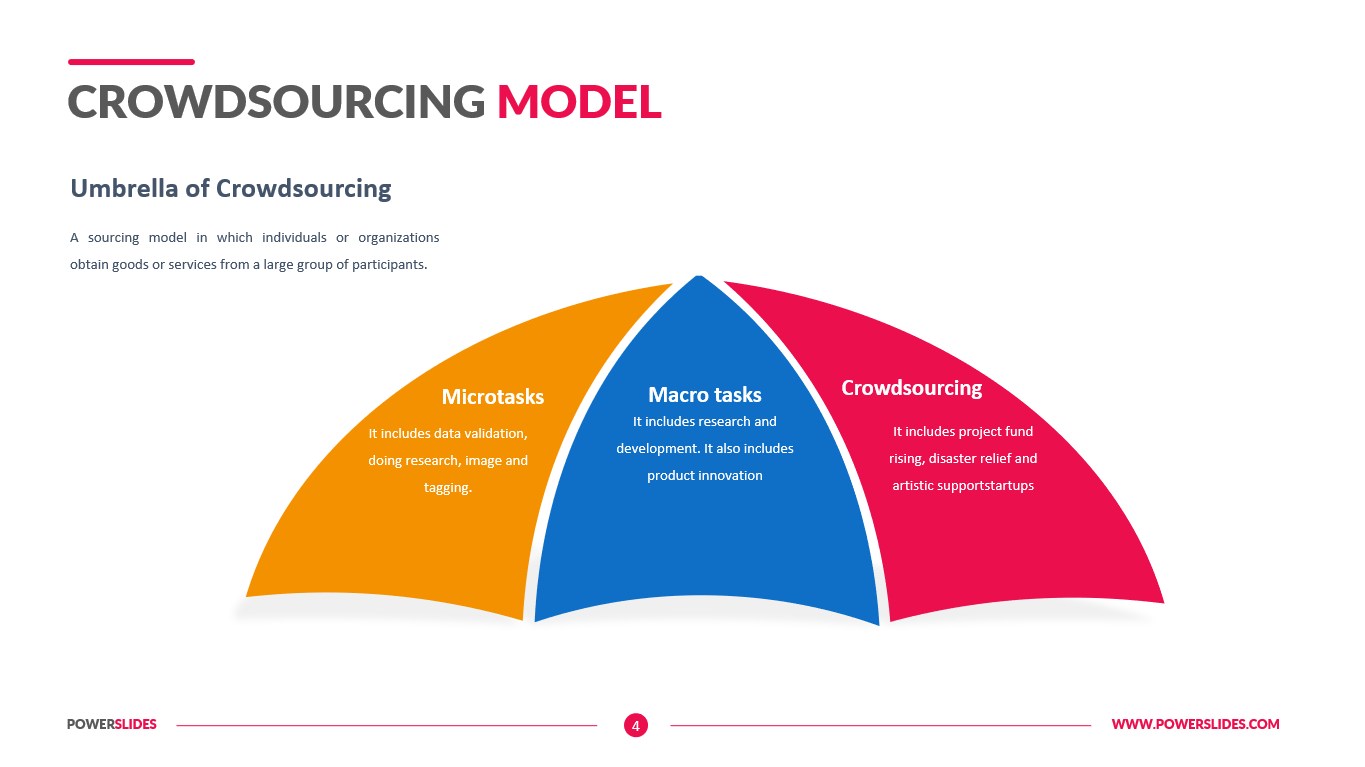Kano Model Template
 4 Slides
4 Slides
 File size: 16:9
File size: 16:9 
 Fonts: Lato, Calibri
Fonts: Lato, Calibri
 Supported version
PPT 2010, PPT 2013, PPT 2016
Supported version
PPT 2010, PPT 2013, PPT 2016
Product details
Stay on top of the competition through customer satisfaction and you analyse your customers’ needs with our Kano Model Template. The Six Sigma Kano Model of customer satisfaction classified product attributes based on how they are perceived by customers and their effect on customer satisfaction. The model divides attributes into 4 categories: threshold, performance, excitement, and indifferent.
The Kano Model originates from the two-factor theory by Frederick Herzberg. It states that there are certain factors in the workplace that cause job satisfaction, while a separate set of factors causes dissatisfaction. The two-factor theory distinguishes between motivators and hygiene factors; according to Herzberg, hygiene factors are what cause dissatisfaction among employees in a workplace. In order to remove dissatisfaction in a work environment, these hygiene factors must be eliminated. Eliminating dissatisfaction is only one half of the task of the two factor theory. The other half is to increase satisfaction in the workplace. This can be done by improving on motivating factors. The must-be qualities of Kano correspond to the hygiene factors of Herzberg. The one-dimensional and attractive qualities correspond to the motivating factors.
The Kano Model is a powerful means of analyzing customers and their satisfaction. It shows that different kinds of requirements can exist for products. The Kano Model shows that increasing the number of must-have qualities does not help to differentiate a company or product from competitors. One-dimensional qualities have direct impact on customer satisfaction.
Attractive qualities are the best means of setting yourself apart in the competition. Since they are not expected by the customer they are difficult to ascertain. Investing in indifferent qualities makes no sense because they have no effect on customer satisfaction. Reverse qualities are to be avoided because they result in rejection and a bad company image.
There is a temporal dynamic – excitement attributes become performance attributes over time; performance attributes become threshold attributes over time. There is also a reverse temporal dynamic – treshold attributes become excitement attributes, e.g. catering on flights.
Customer expectations for characteristics and features of products, systems, solutions and software vary greatly. One feature may excite a customer while another person may take it for granted or even reject a product because of it. Thus, examples are not generally accepted.
This template will be useful for sales managers. You can use the slides of this template when analyzing customer satisfaction with your products. Also, this template will be useful for marketers when preparing a marketing strategy for the development of a company.
Department managers can use this template when preparing a department employee satisfaction analysis. You can imagine the main negative factors that demotivate employees and activities that will help increase motivation and work efficiency.
The model is widely used in research and development. It cuts across all industries, from IT and healthcare to manufacturing and automobile, etc… Introduce Kano model of customer satisfaction to your audiences and familiarize them with the concept using this ready-to-use, 100% editable Kano model template. You can change color, text and scale icons to meet user requirements.
The slides feature Cartesian graphs you can use to graphically illustrate the Kano model of customer satisfaction. Use this Kano model PowerPoint Presentation template to draft an educational document for your audience and impress them all the way, from start to finish. Widely used by subject matter experts, business analysts, projector managers, educationists, etc.







